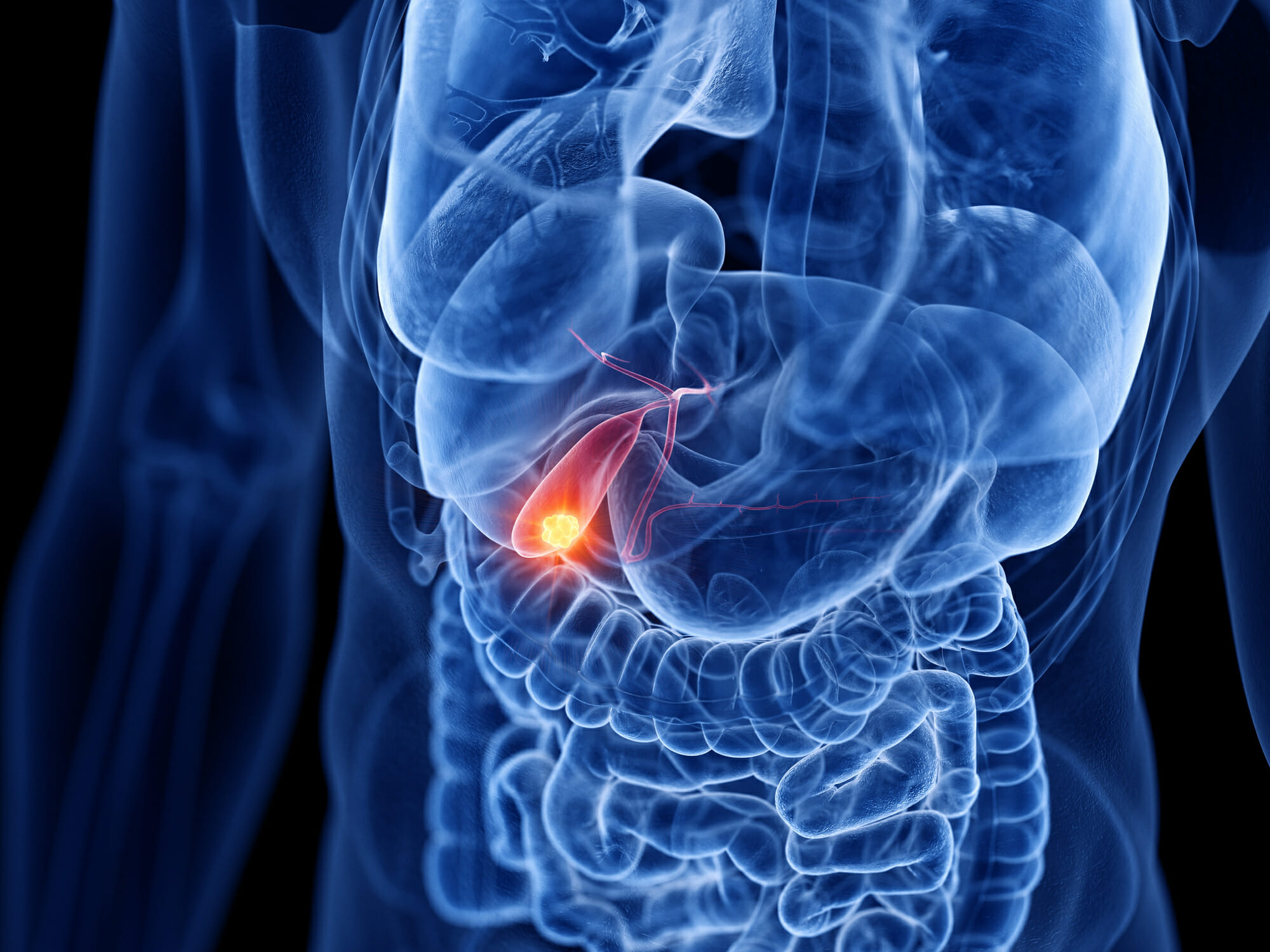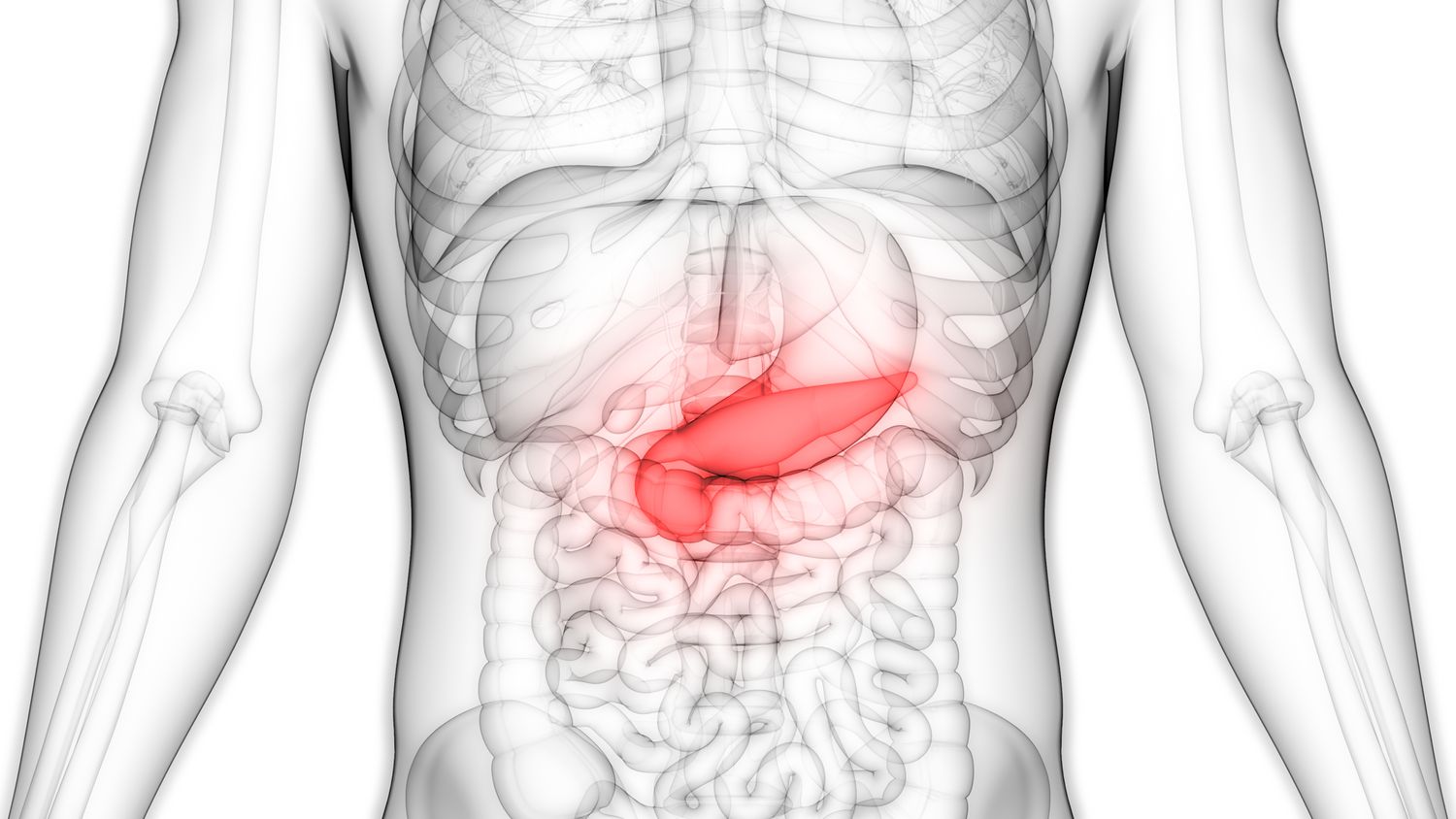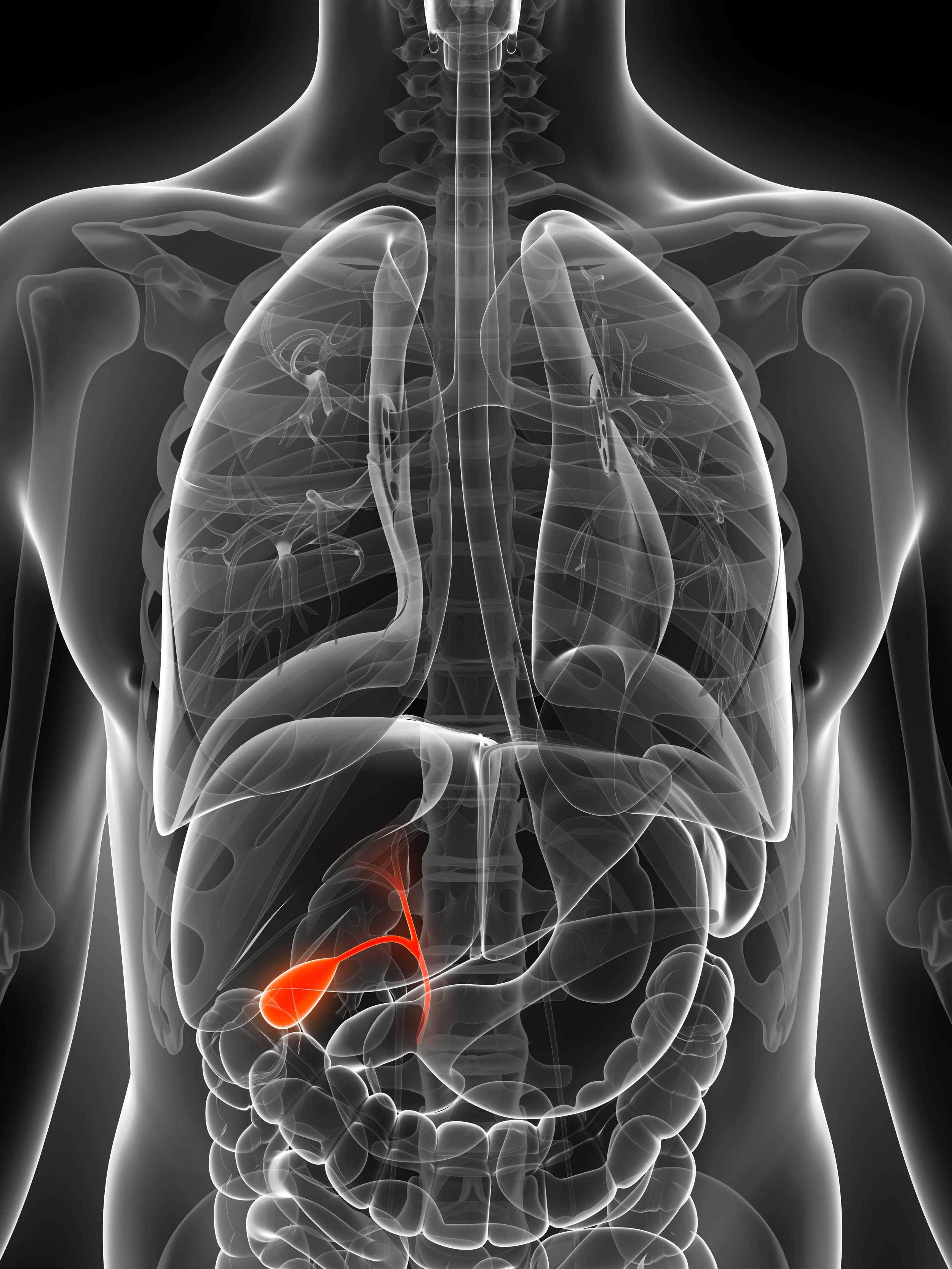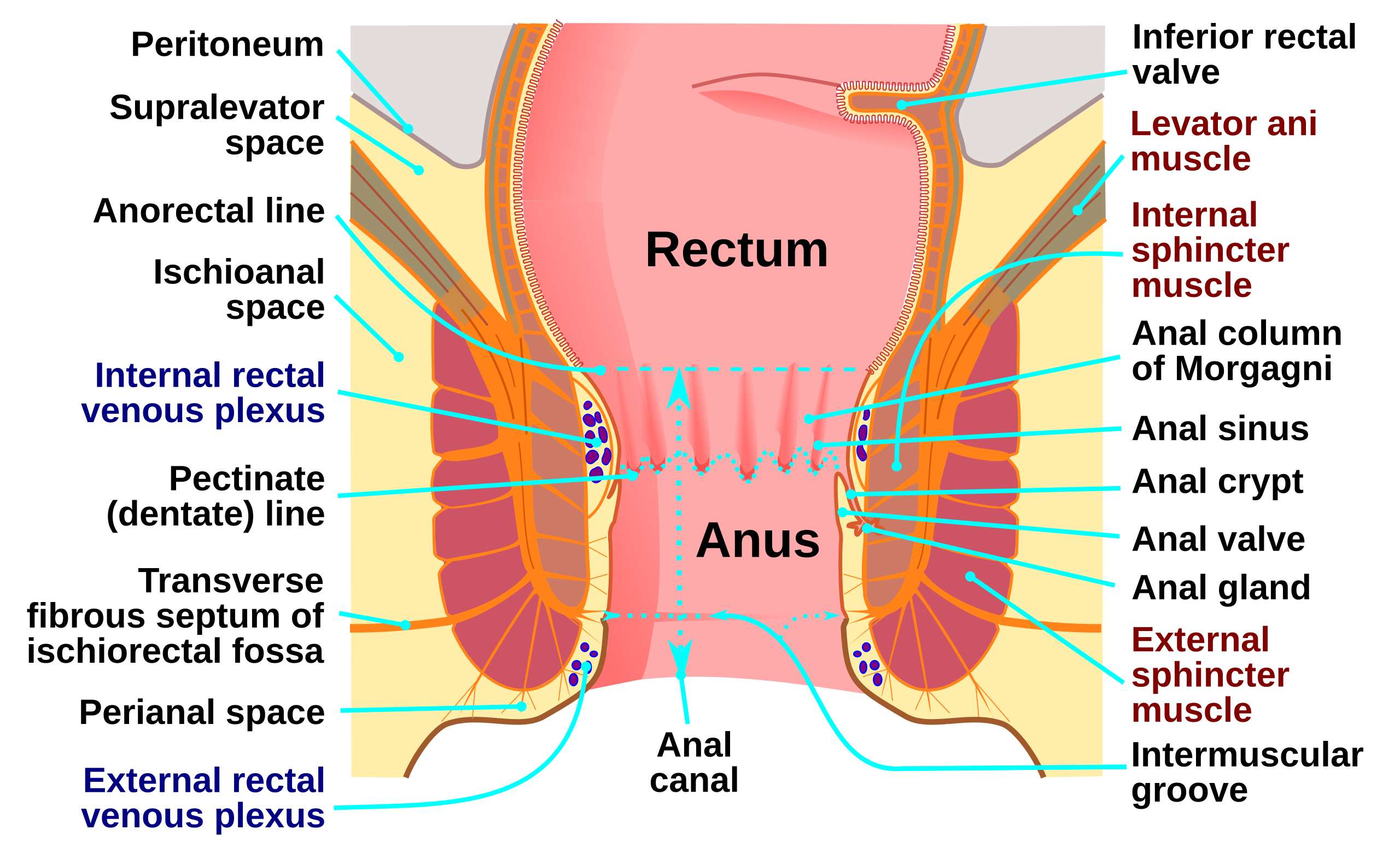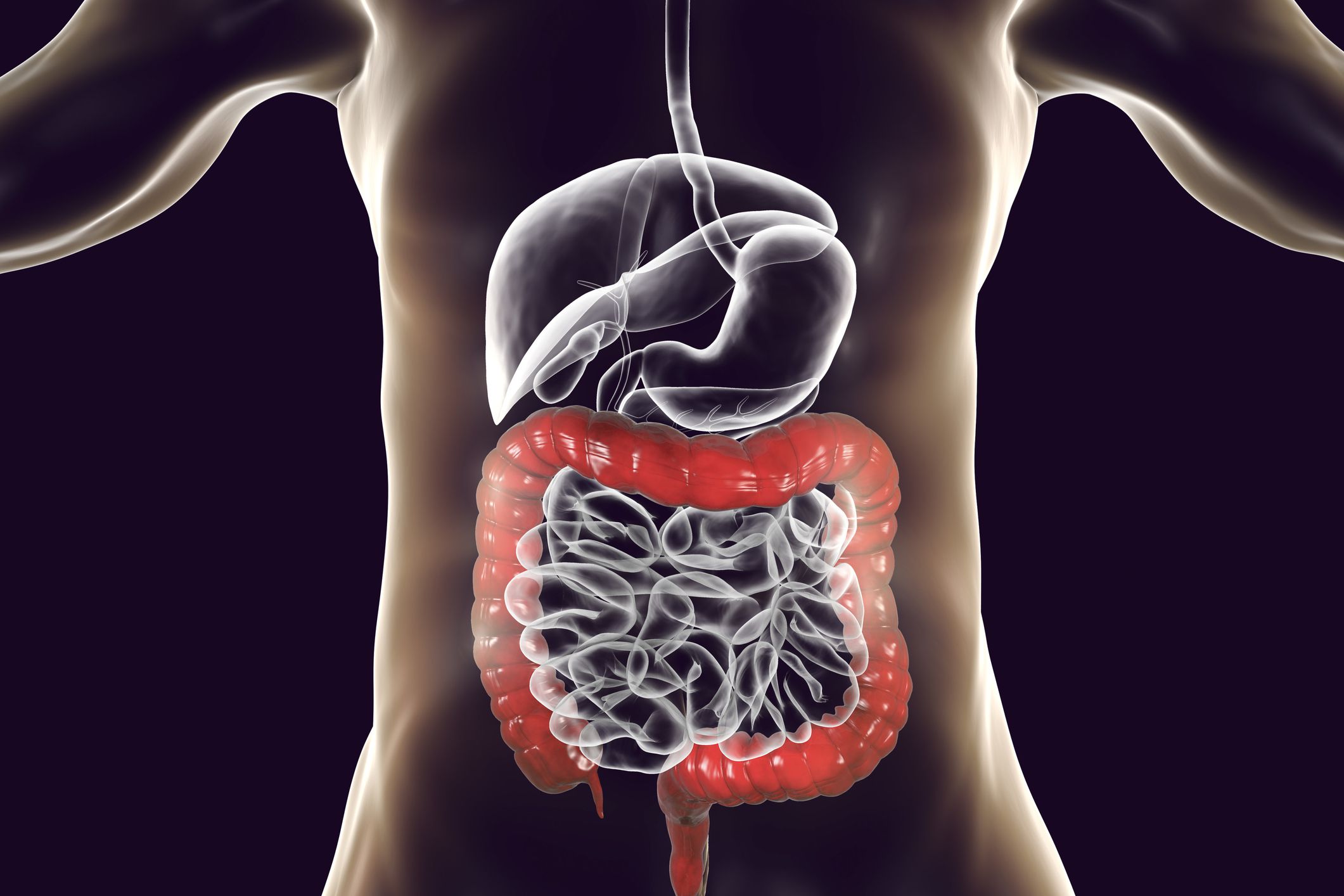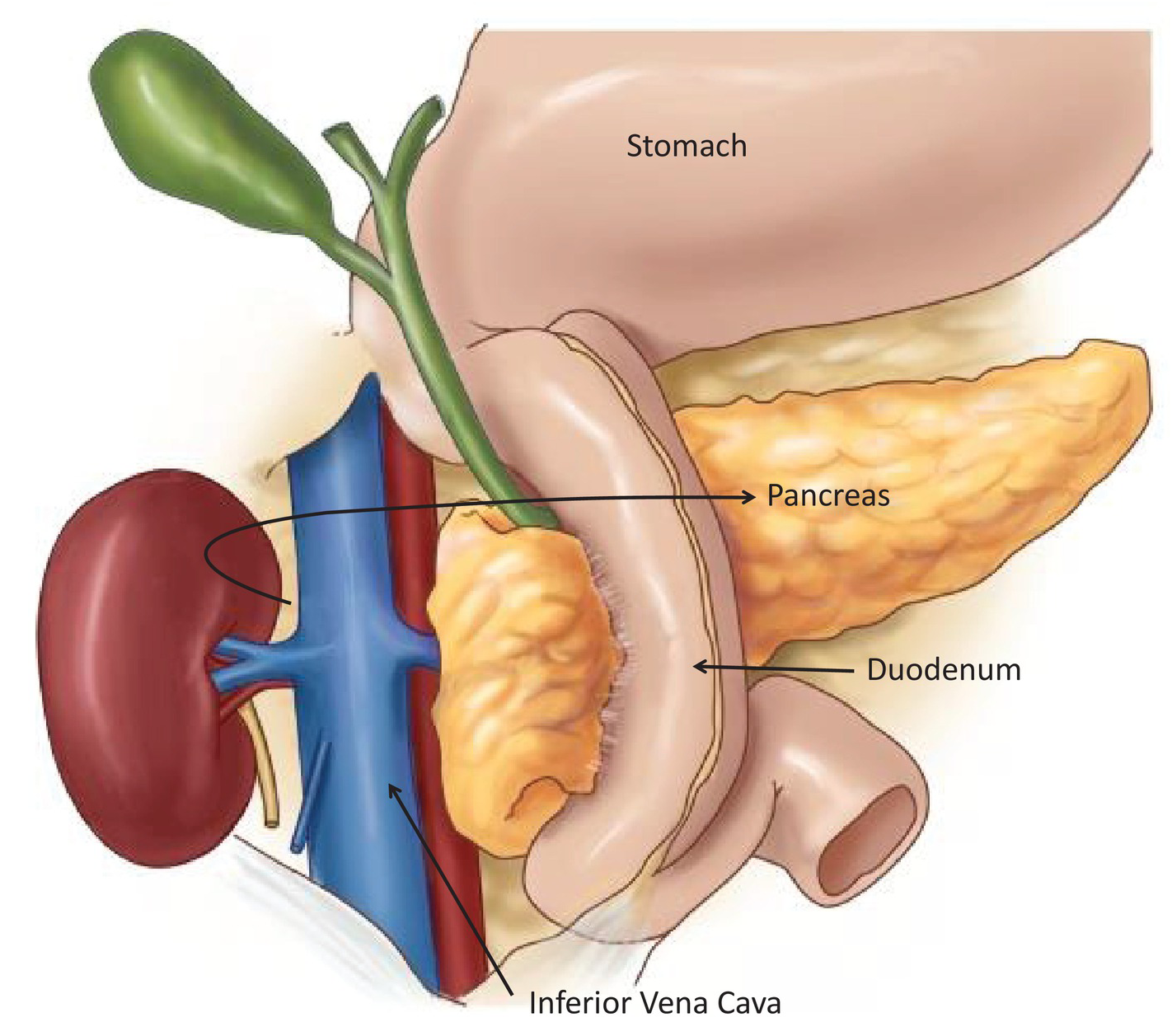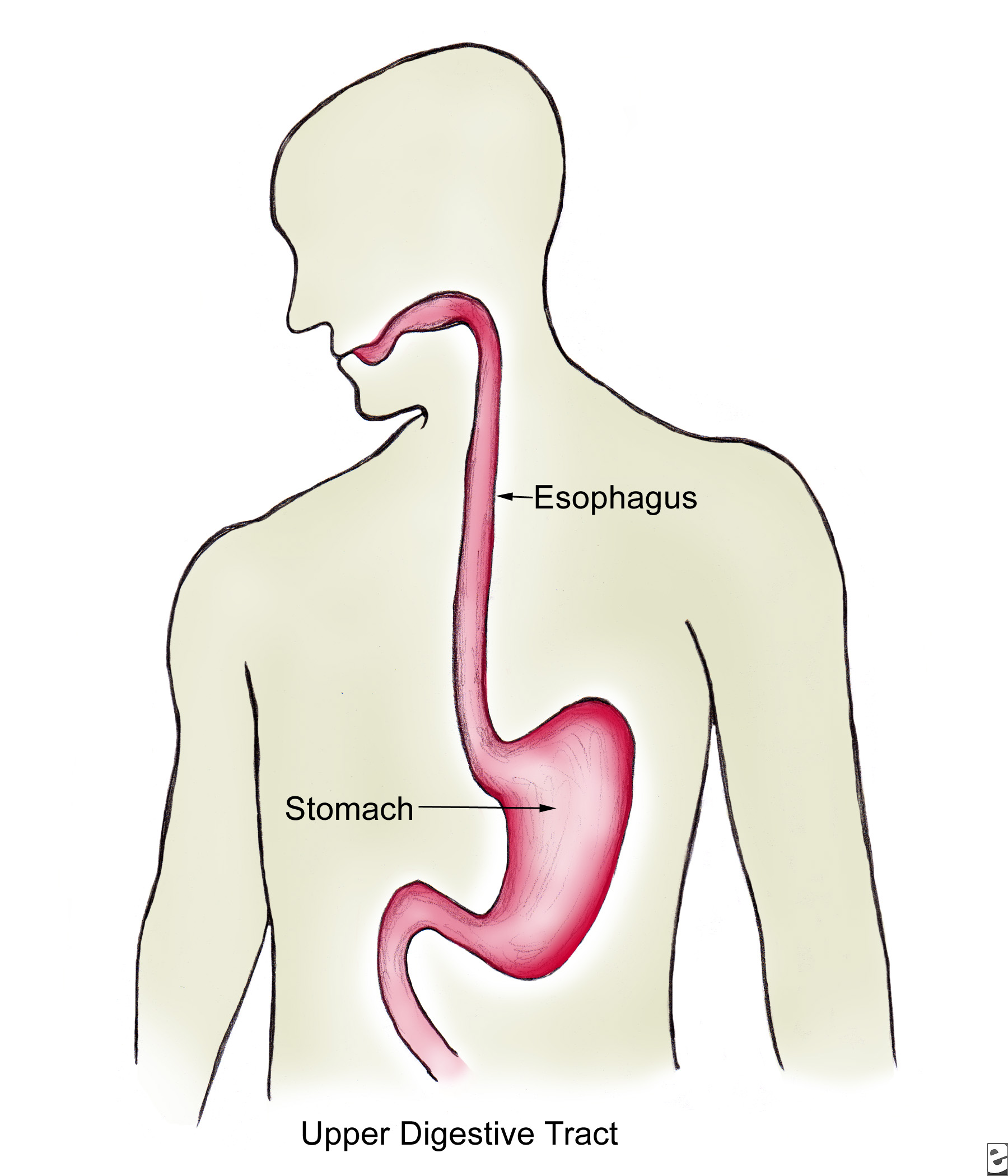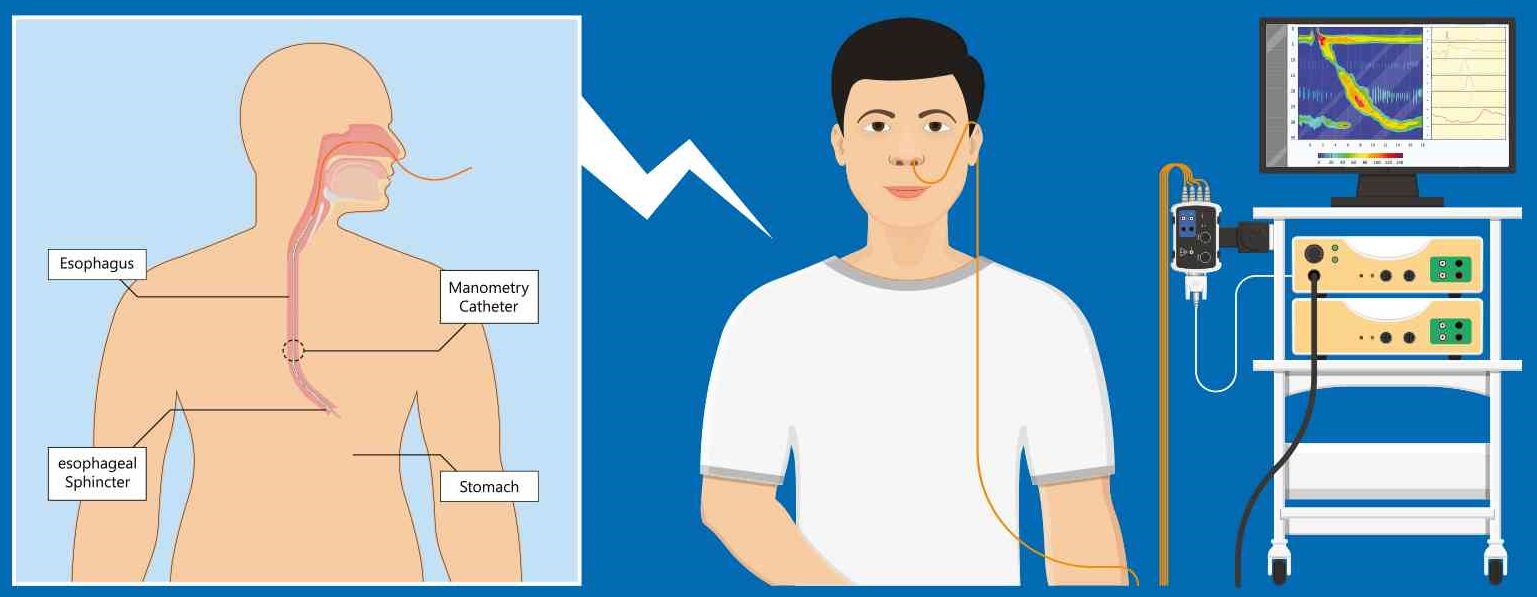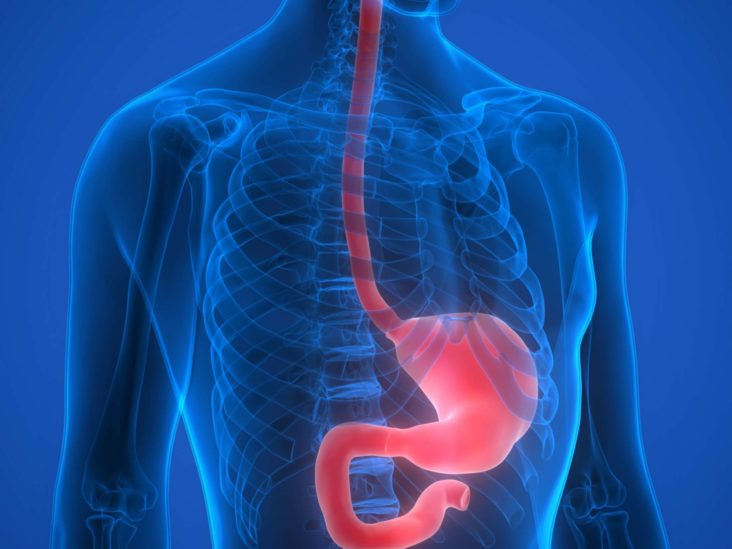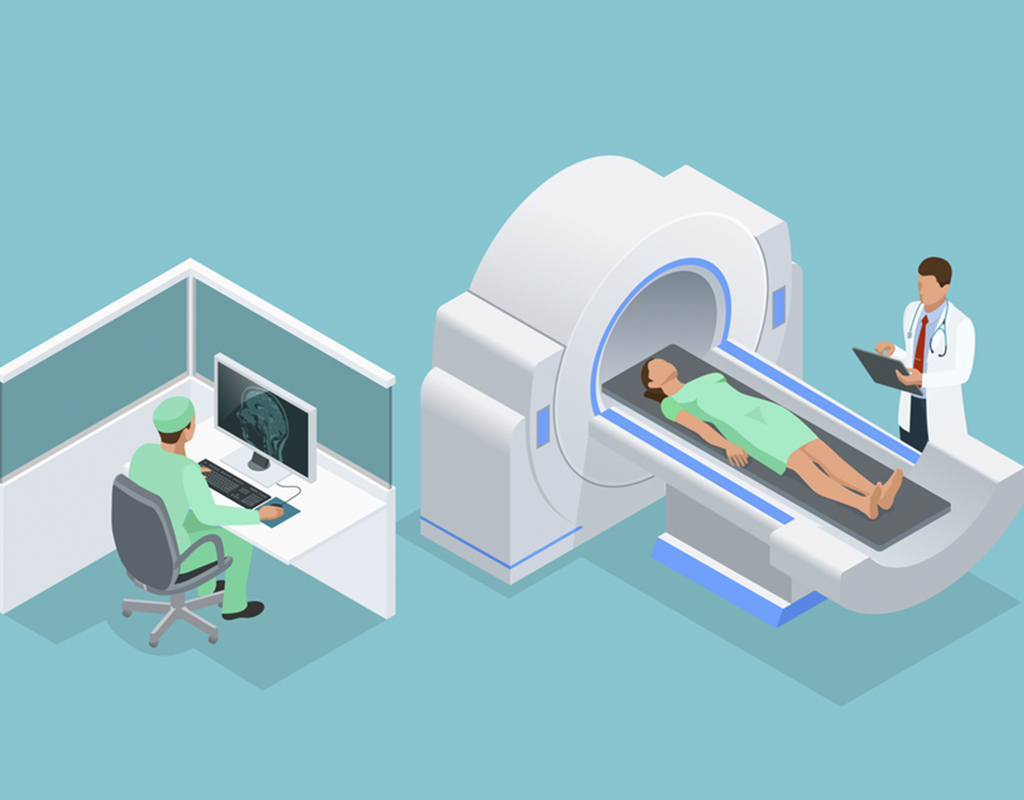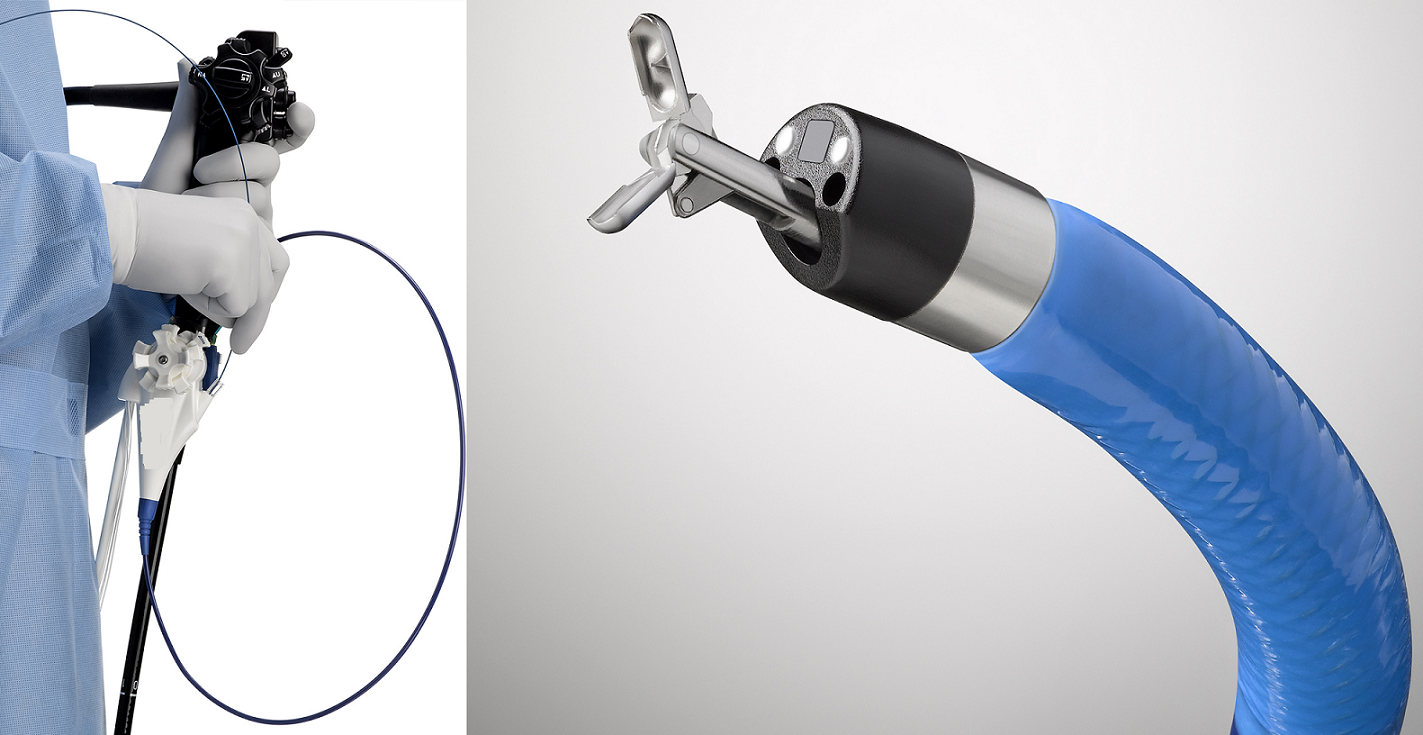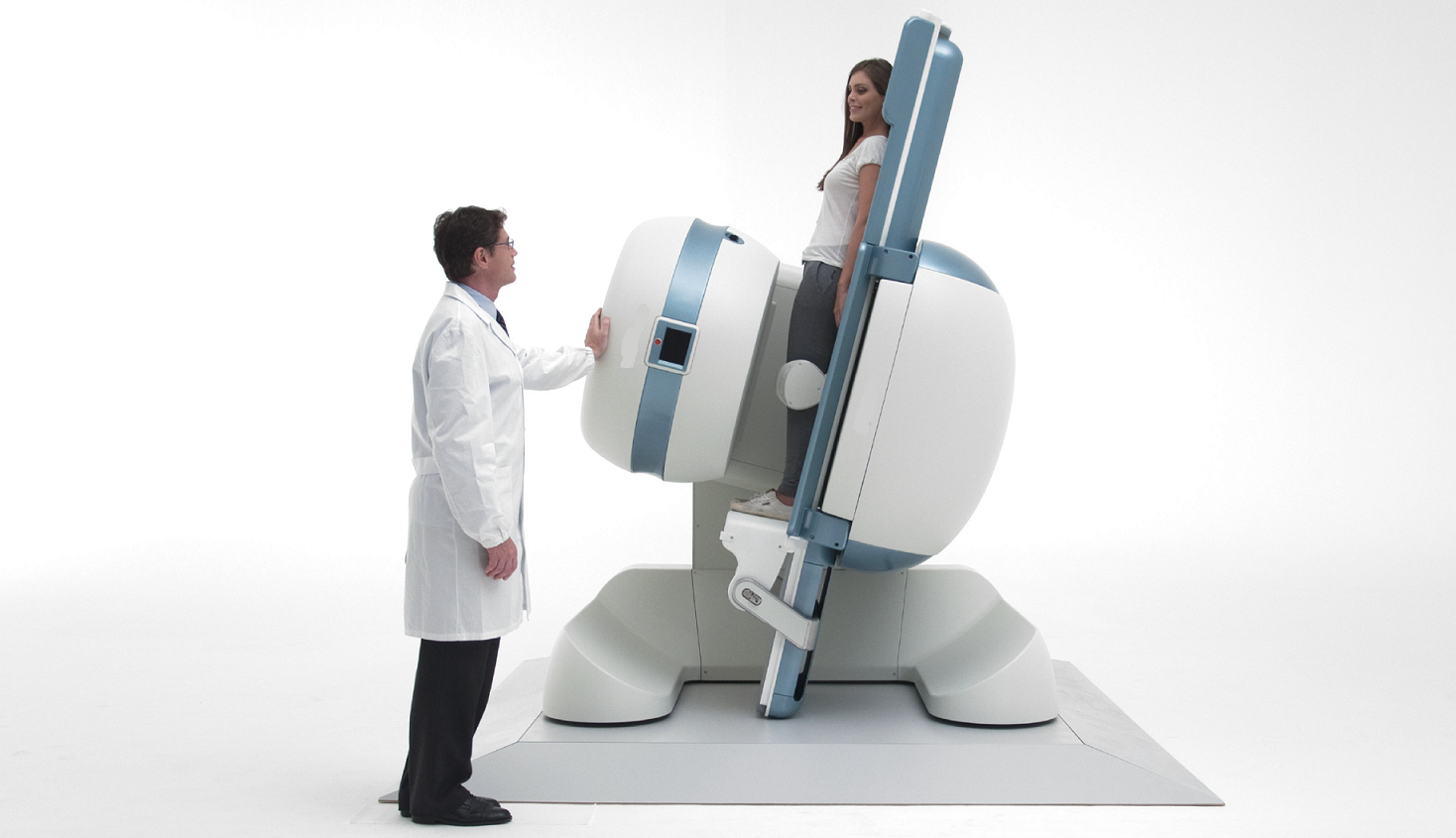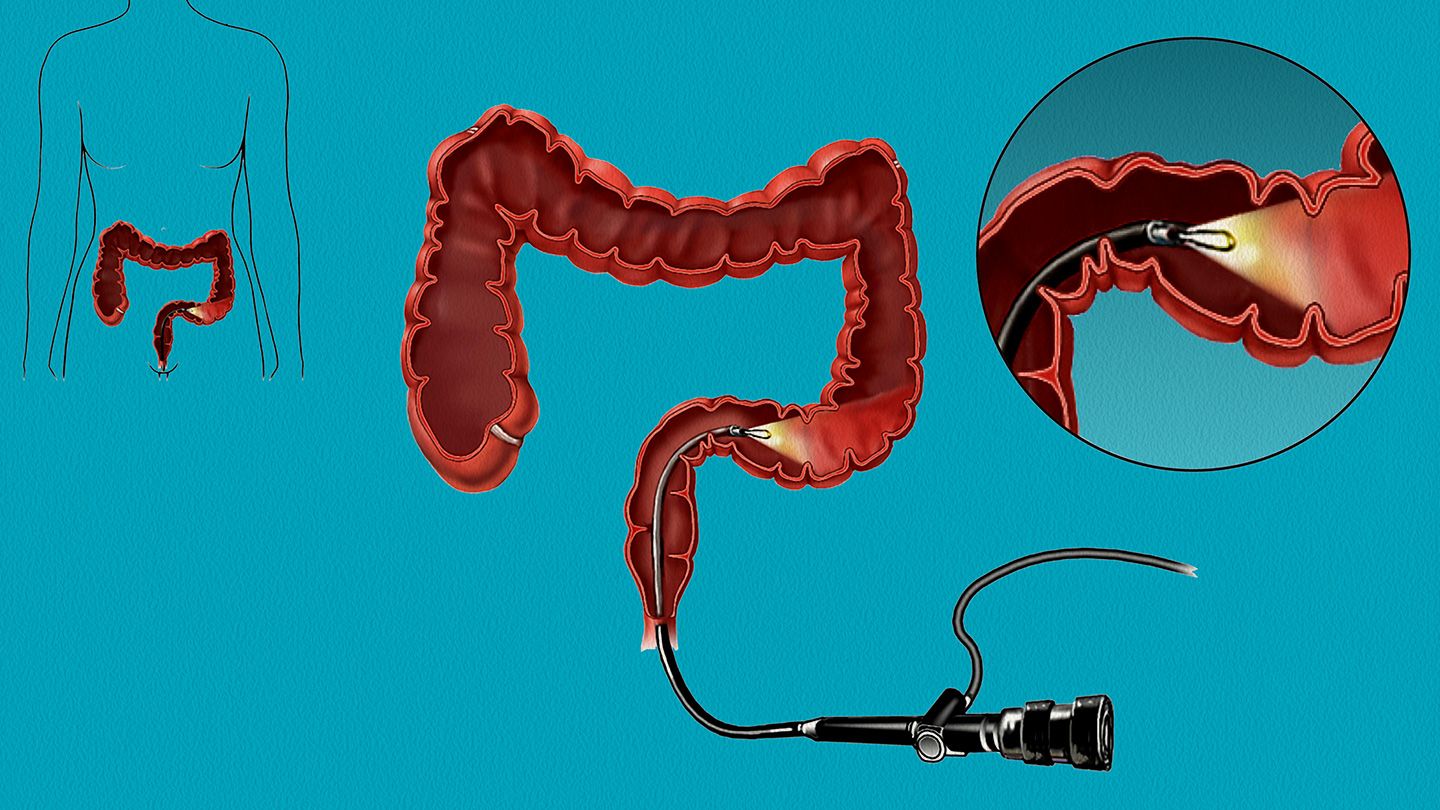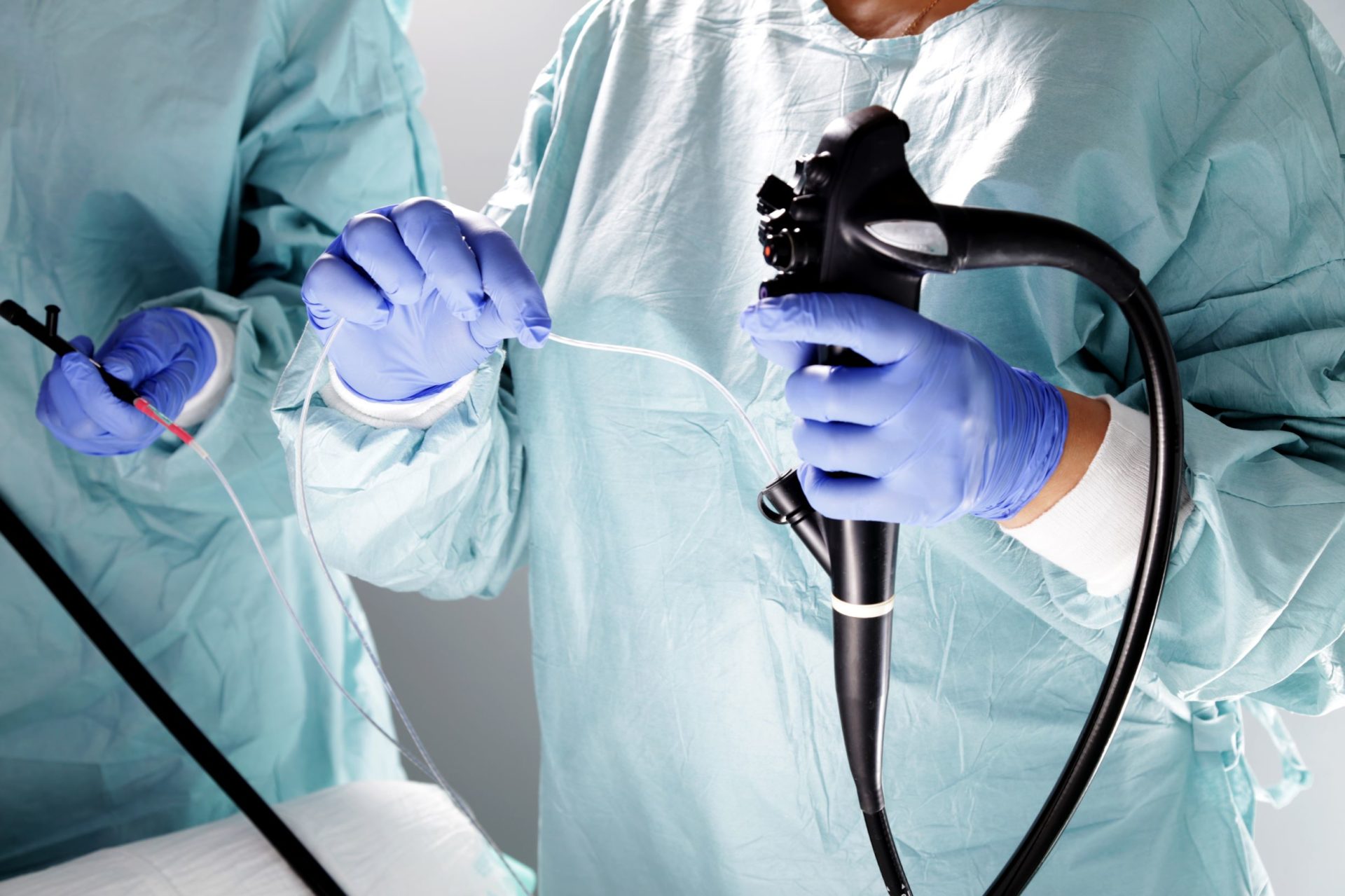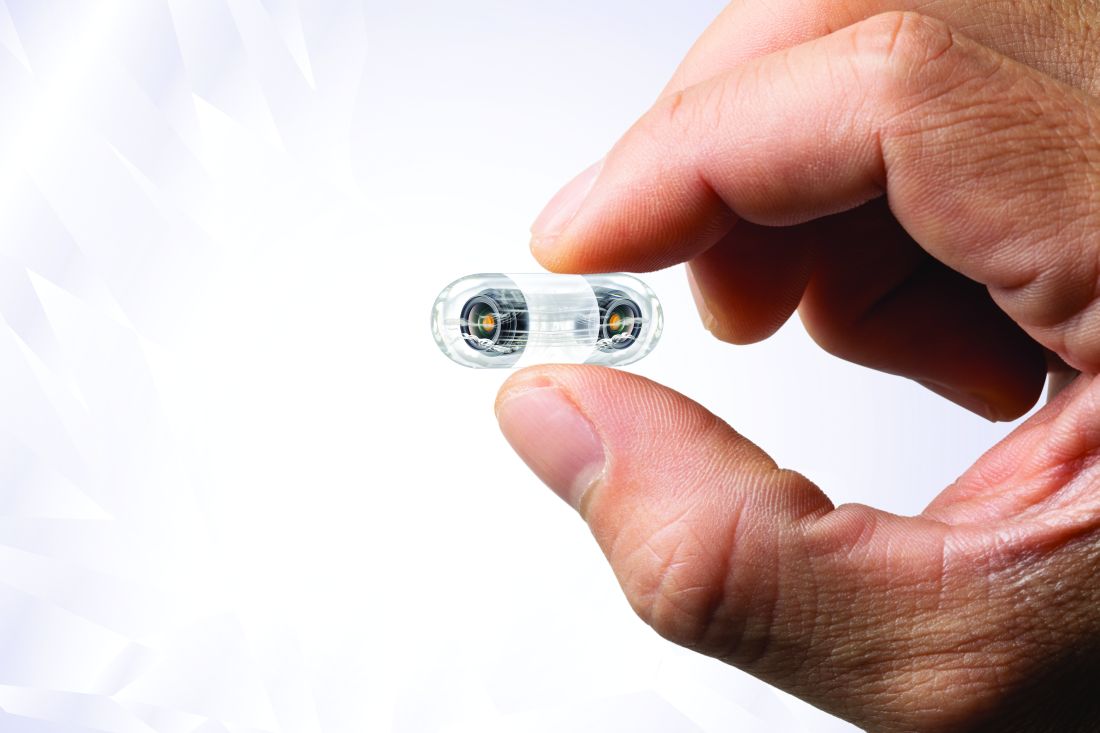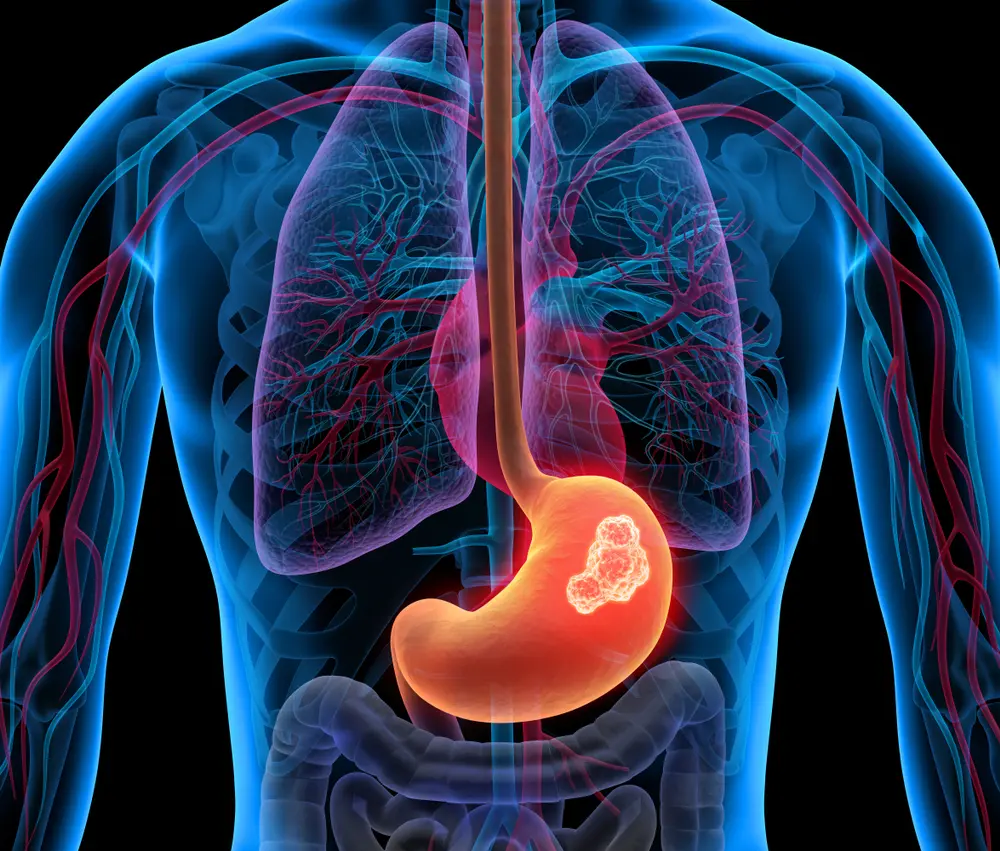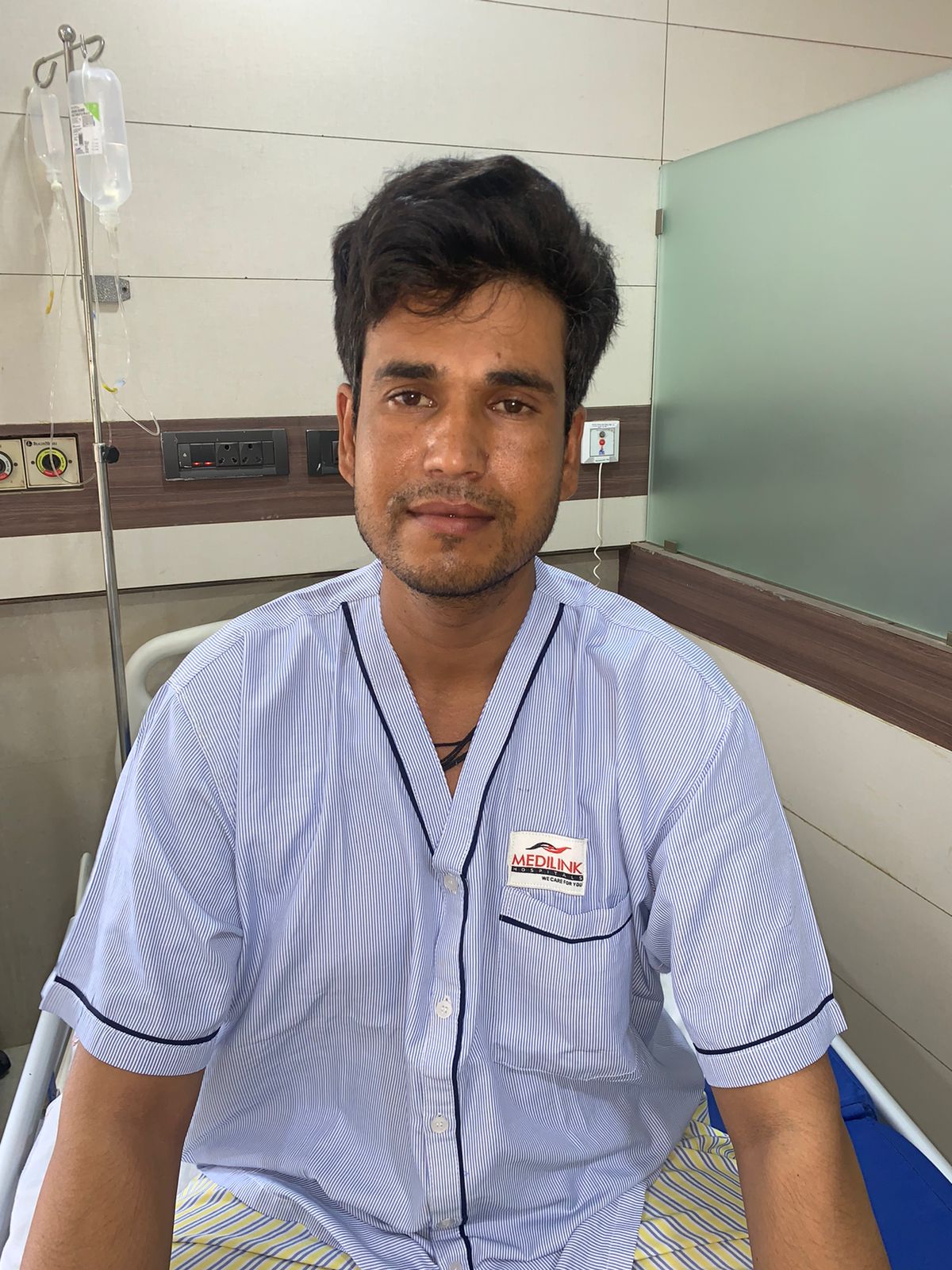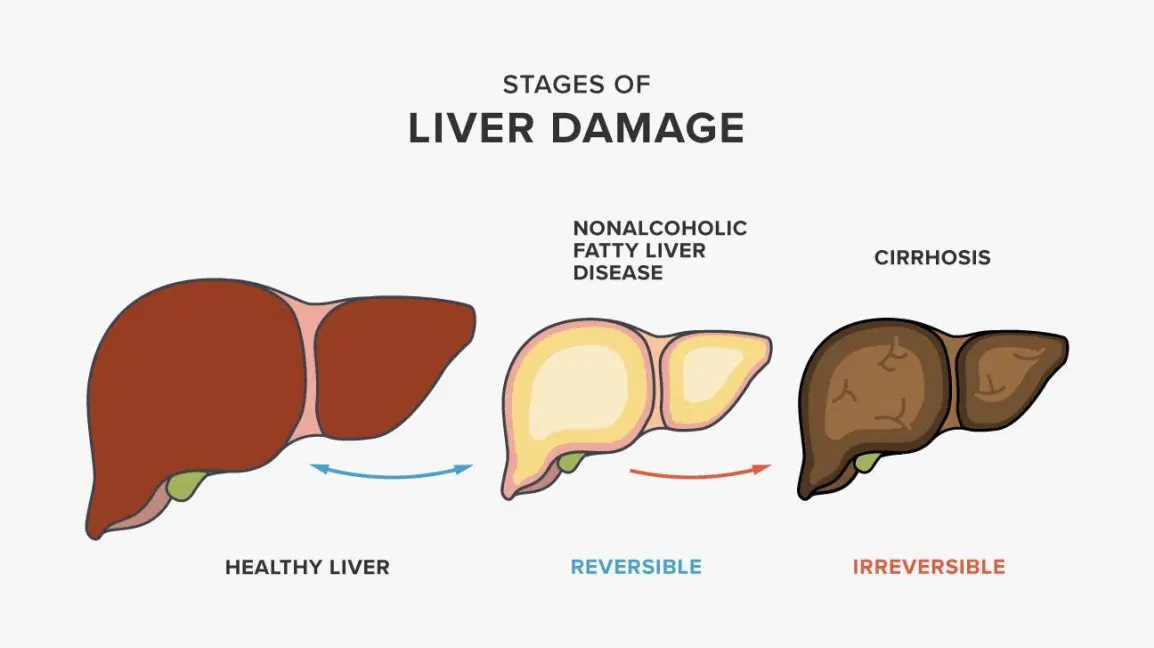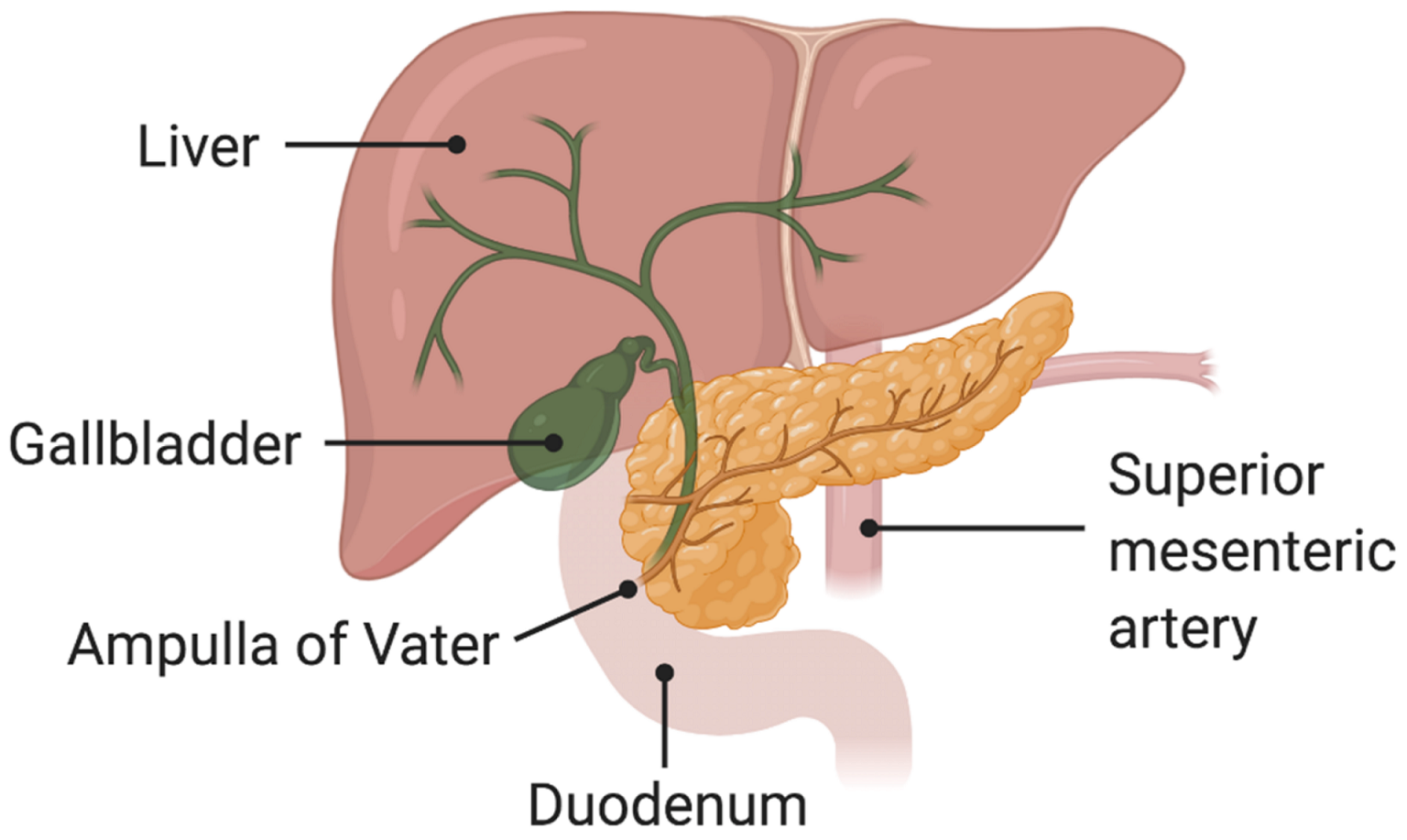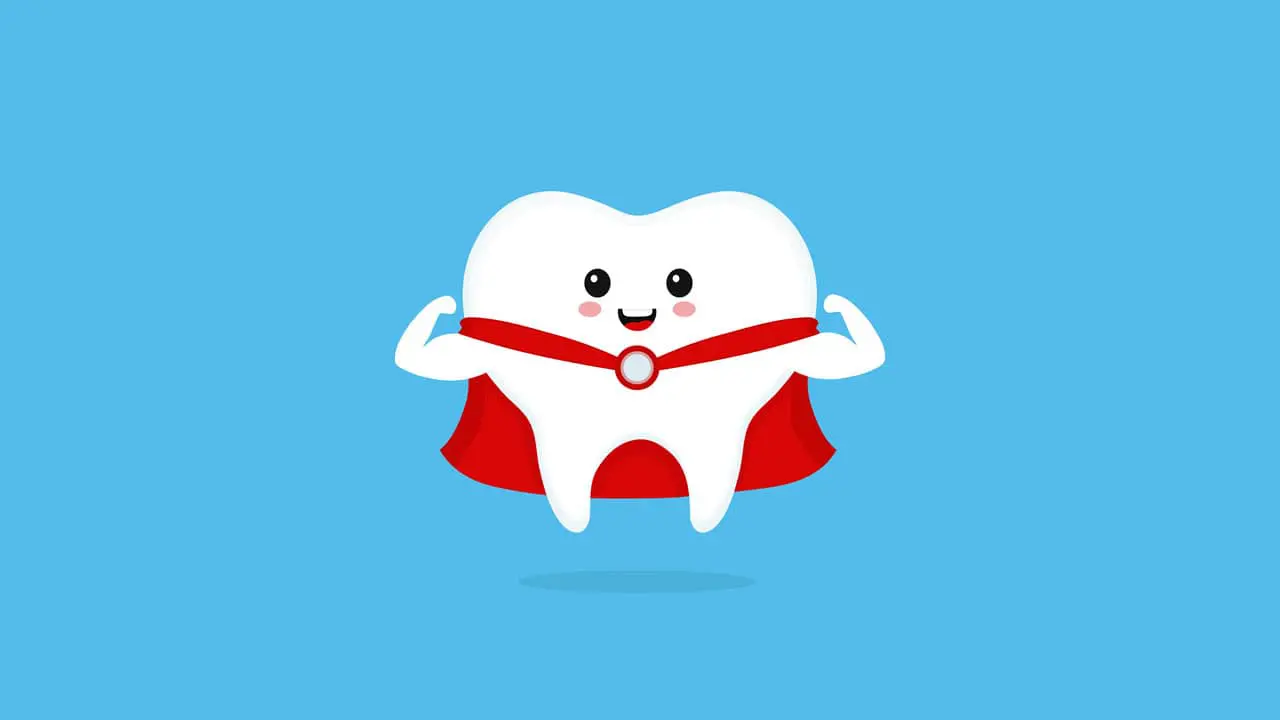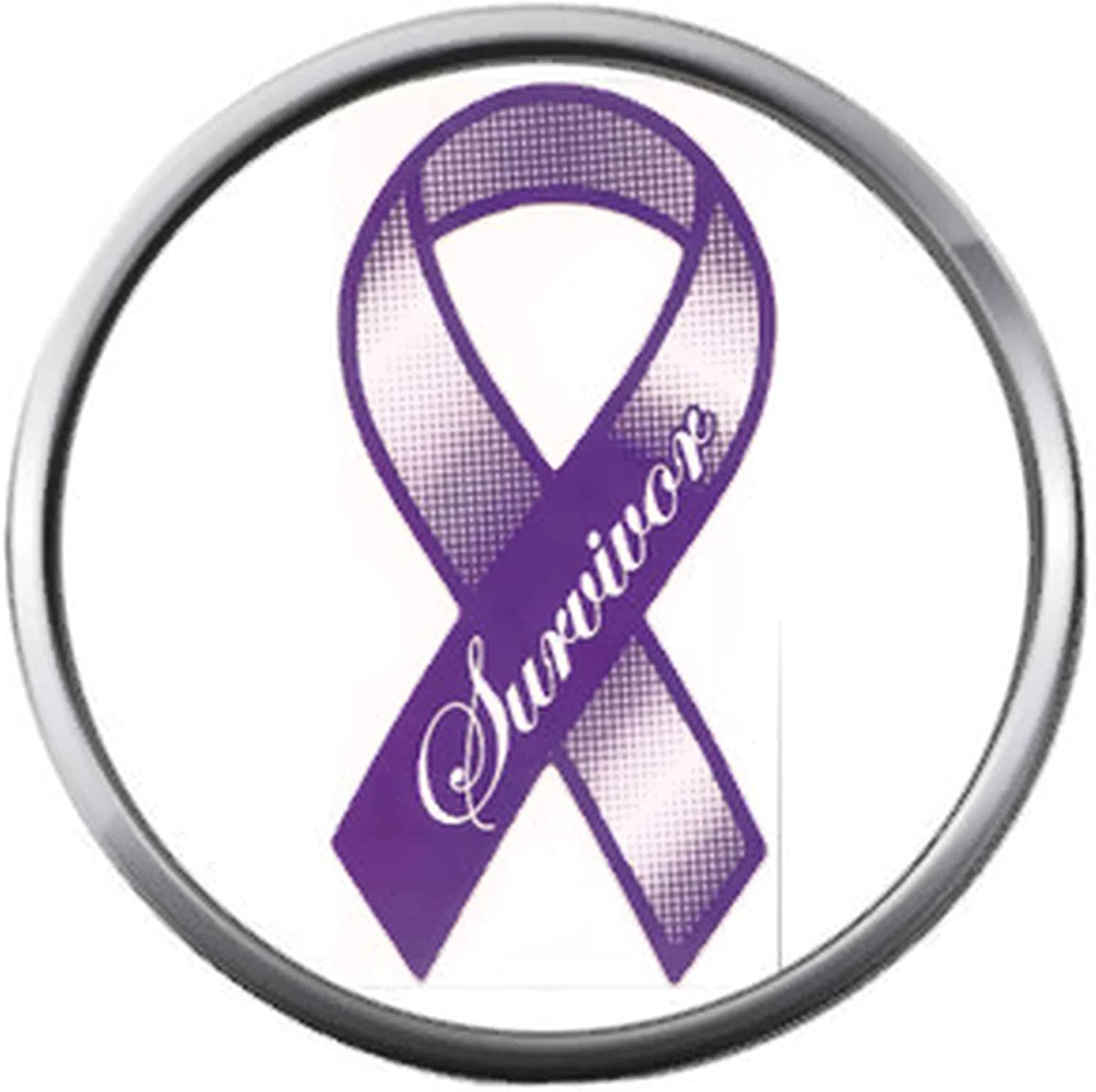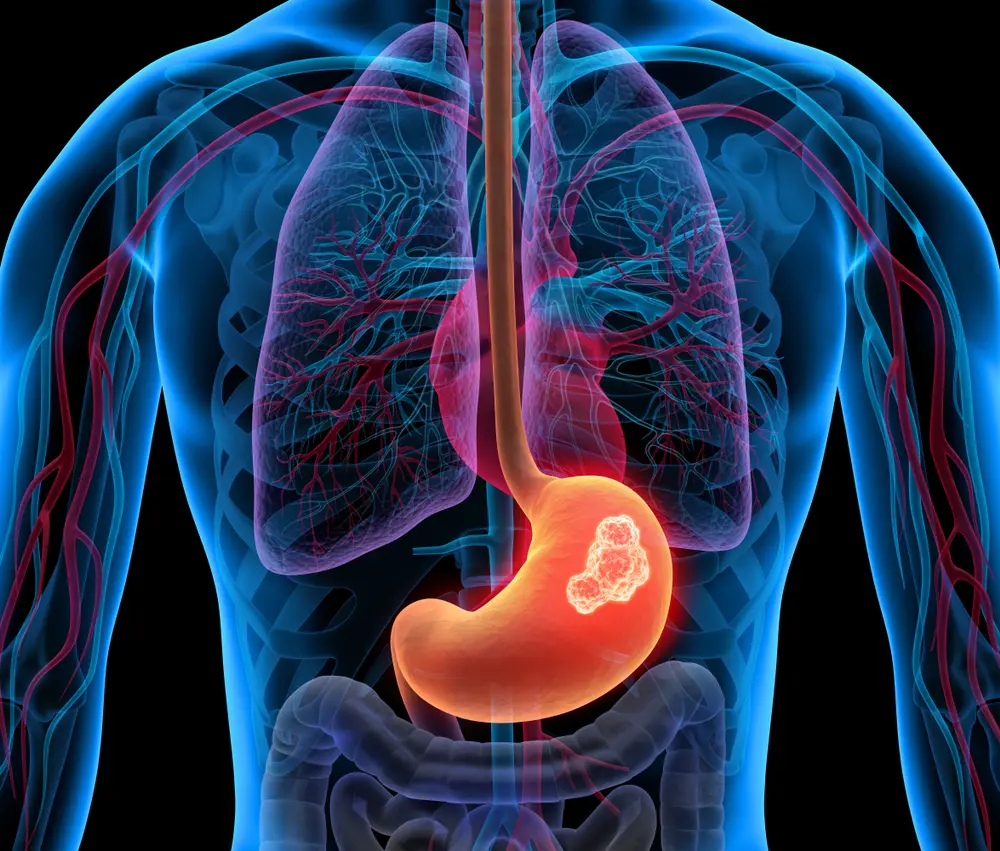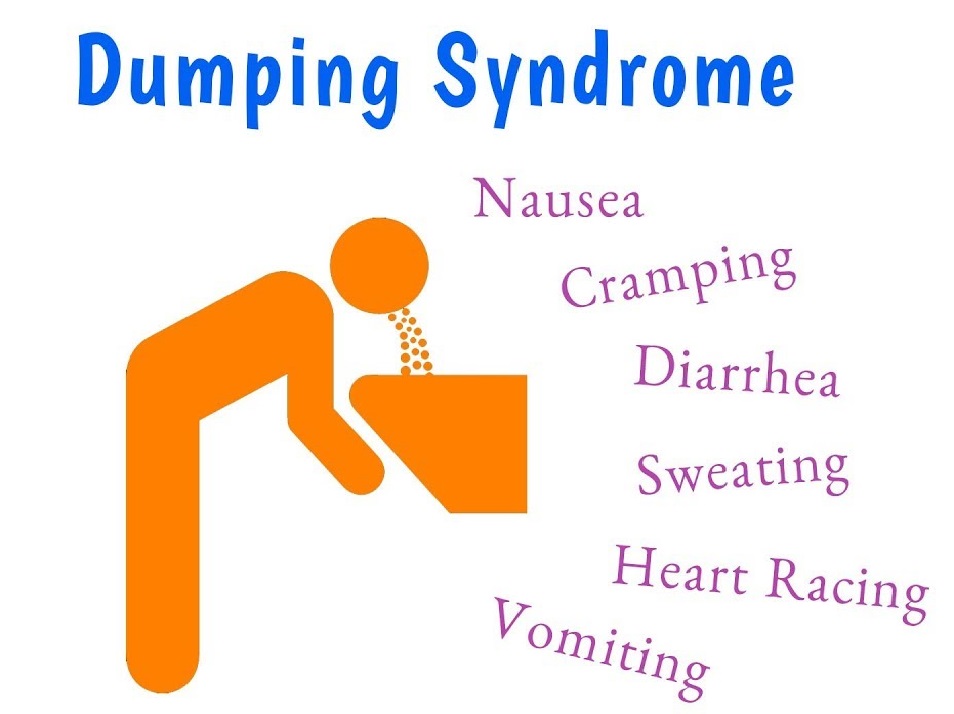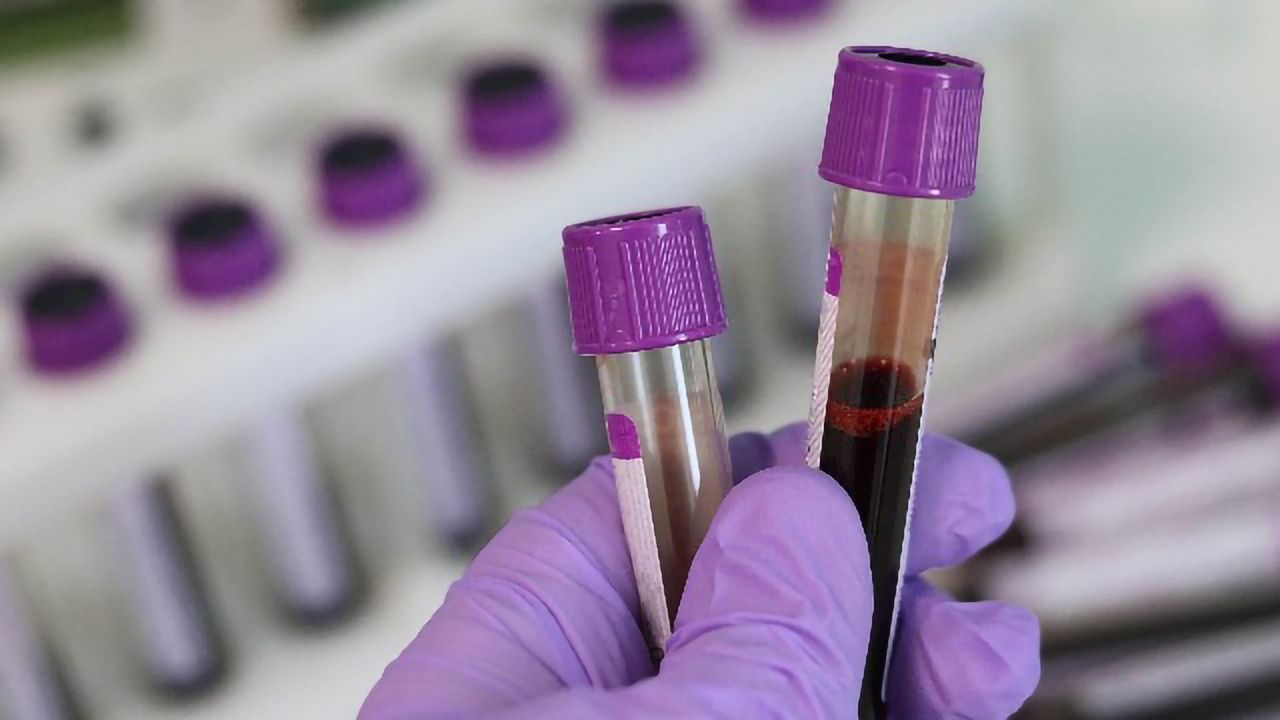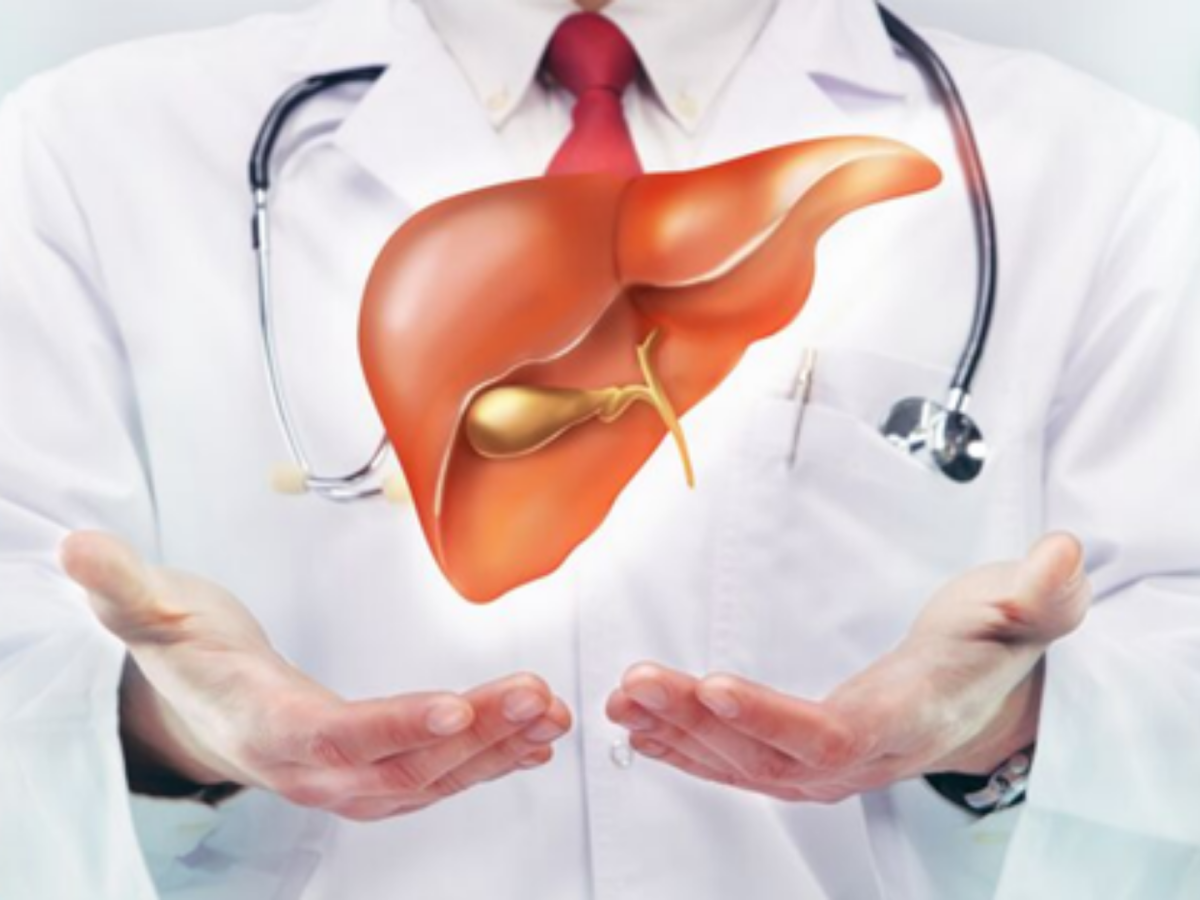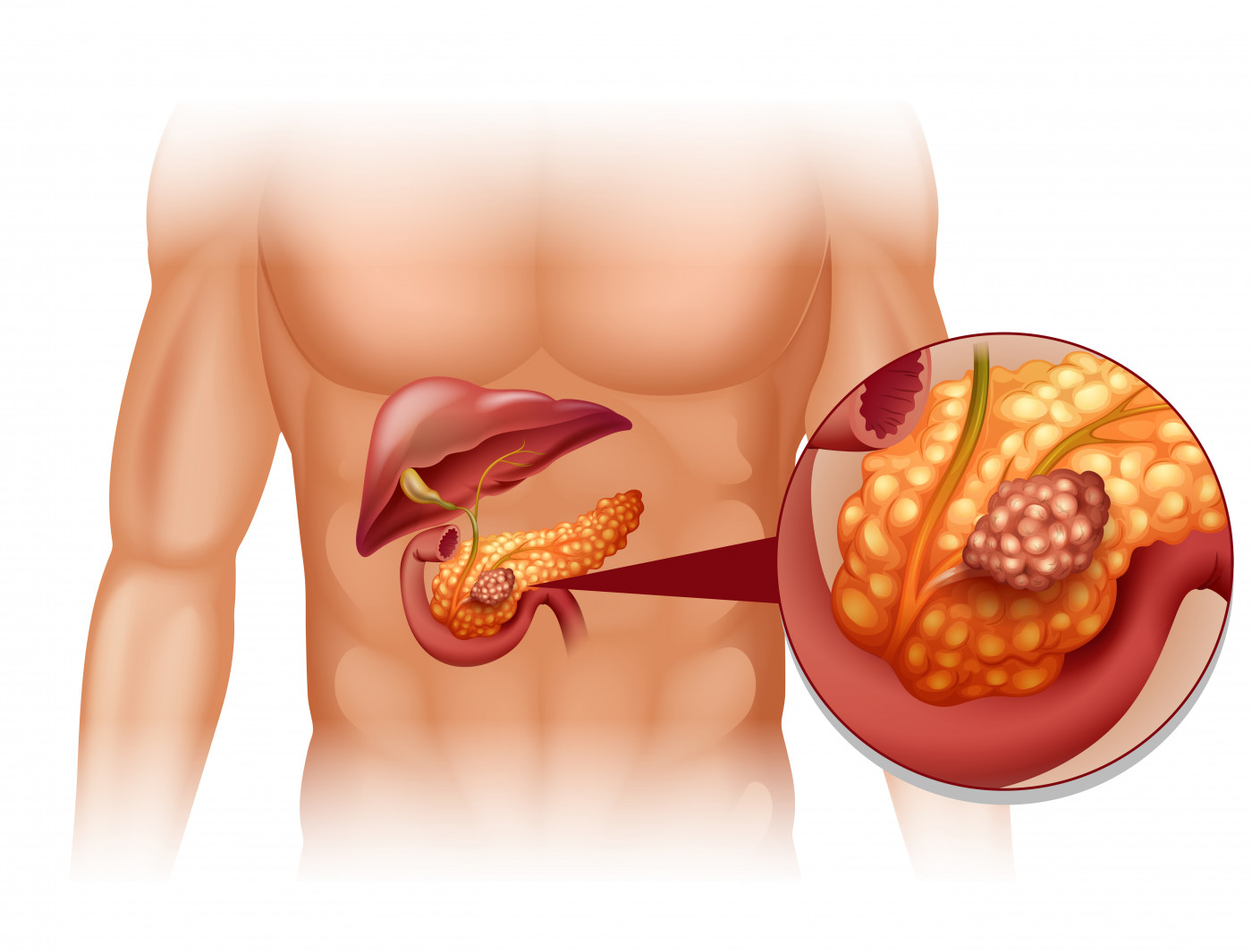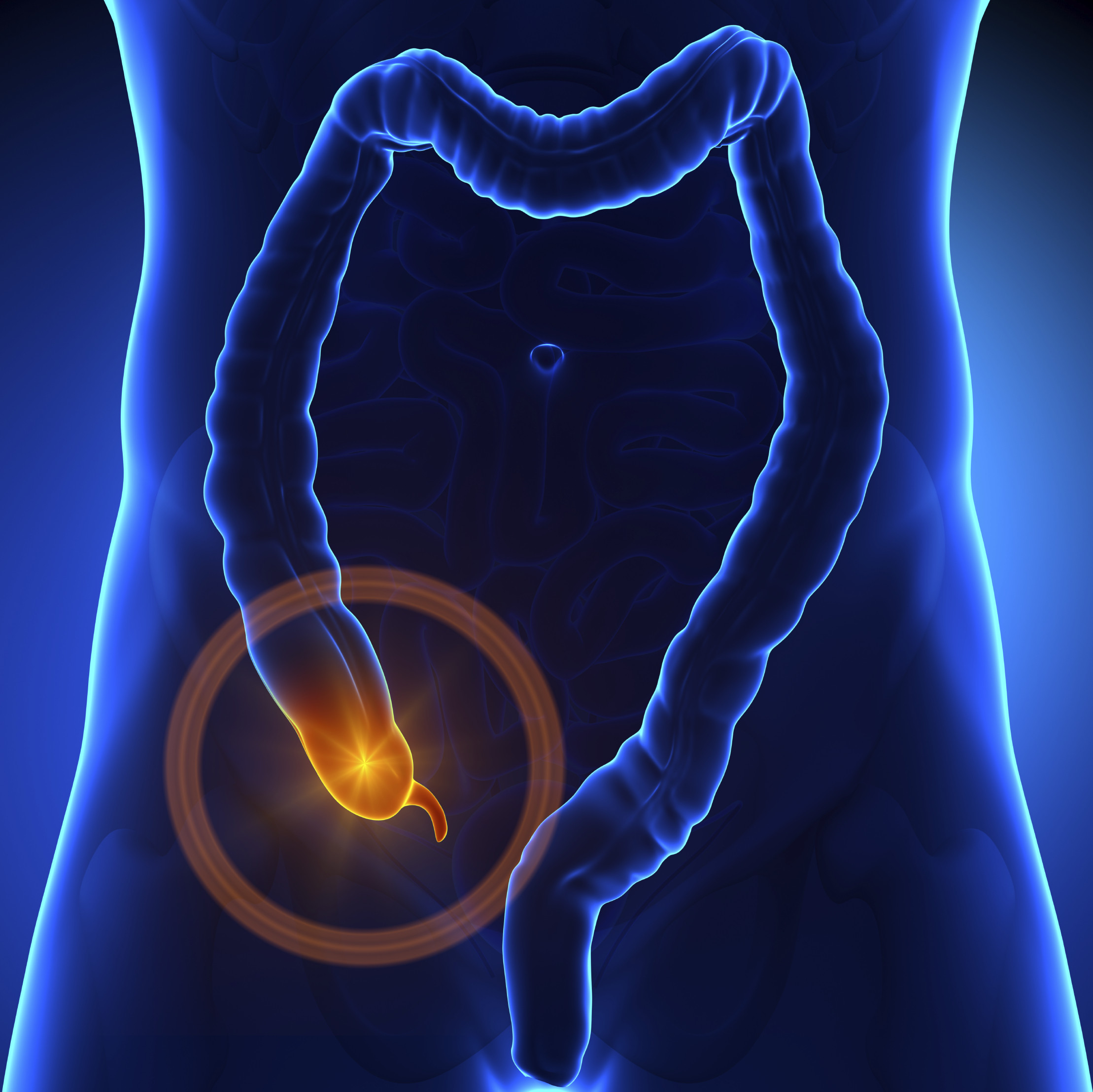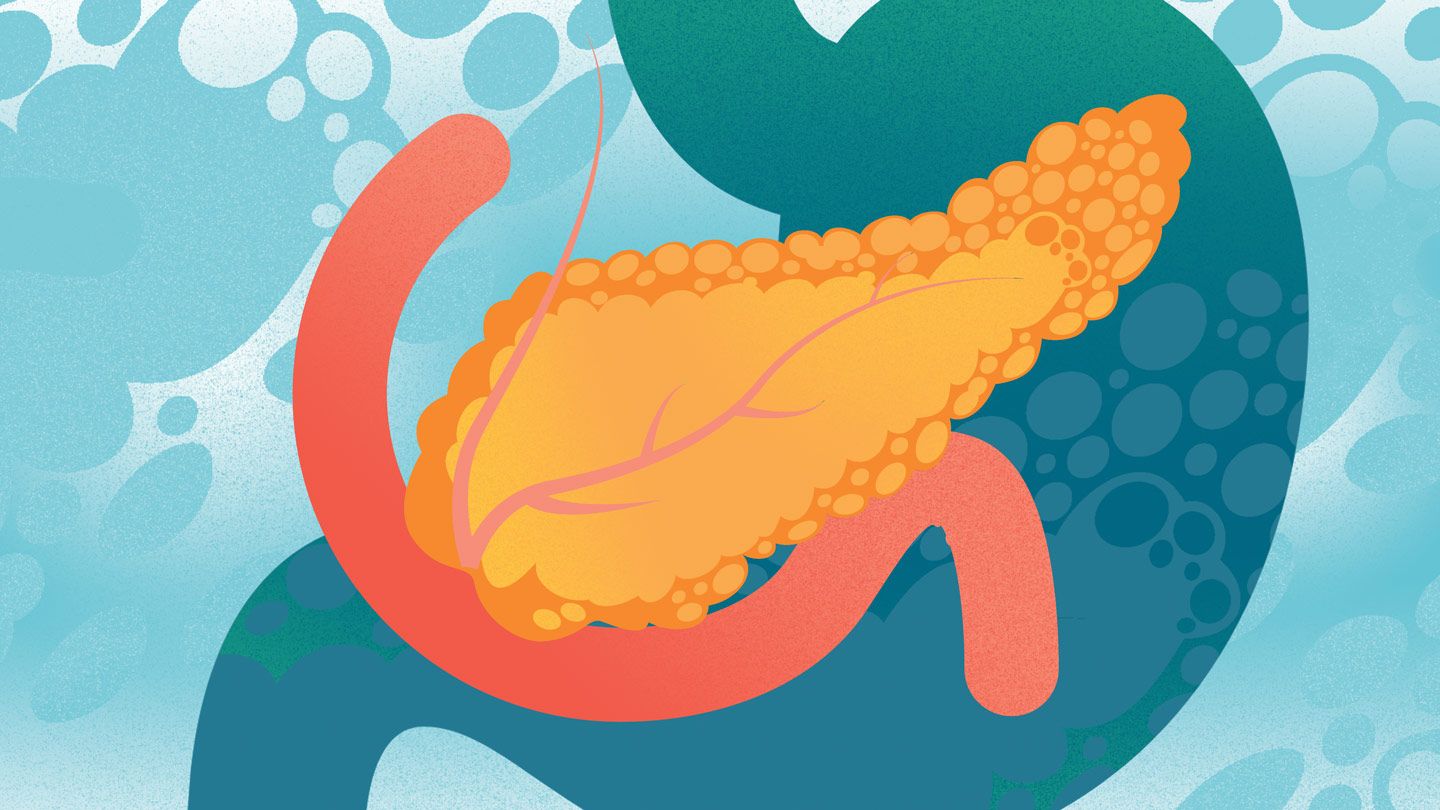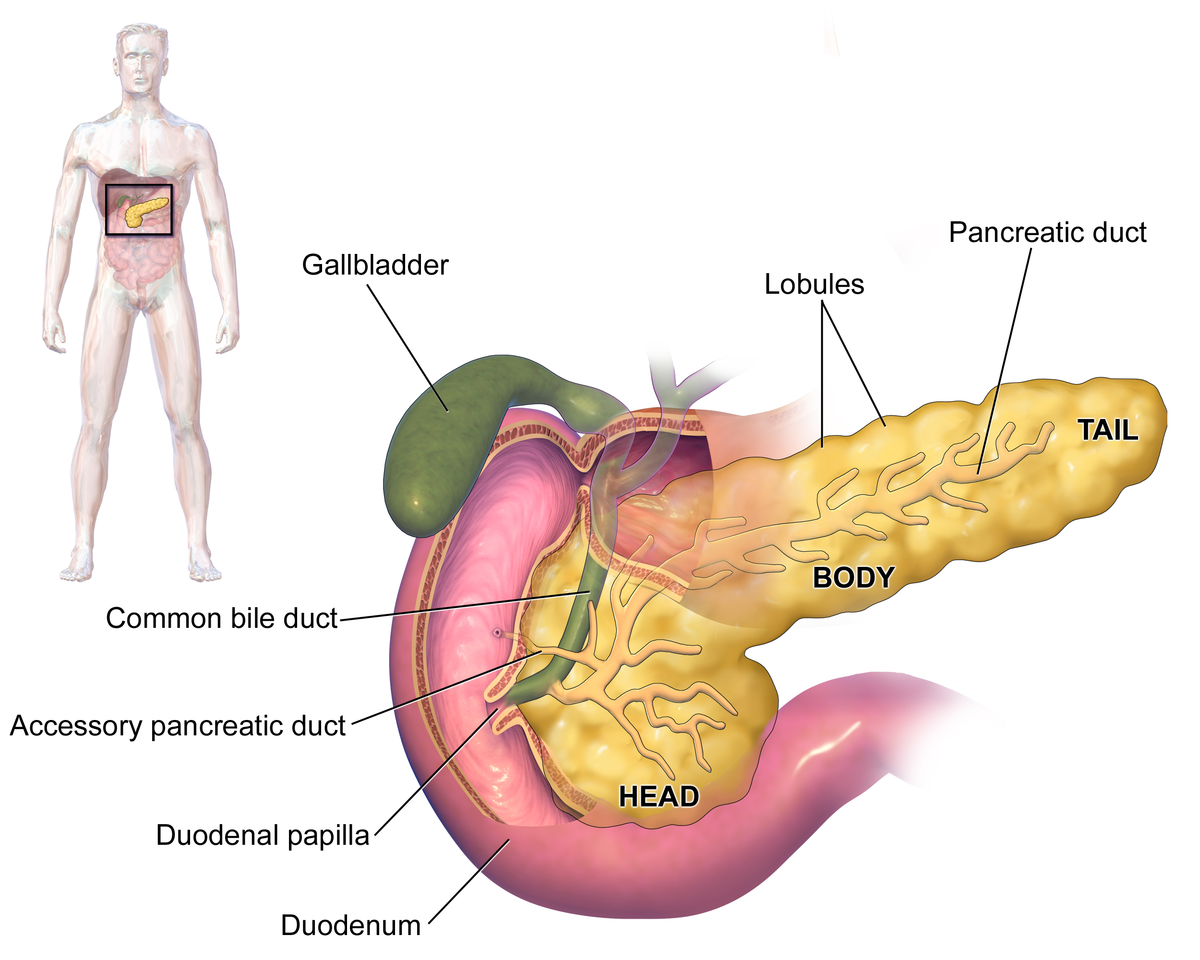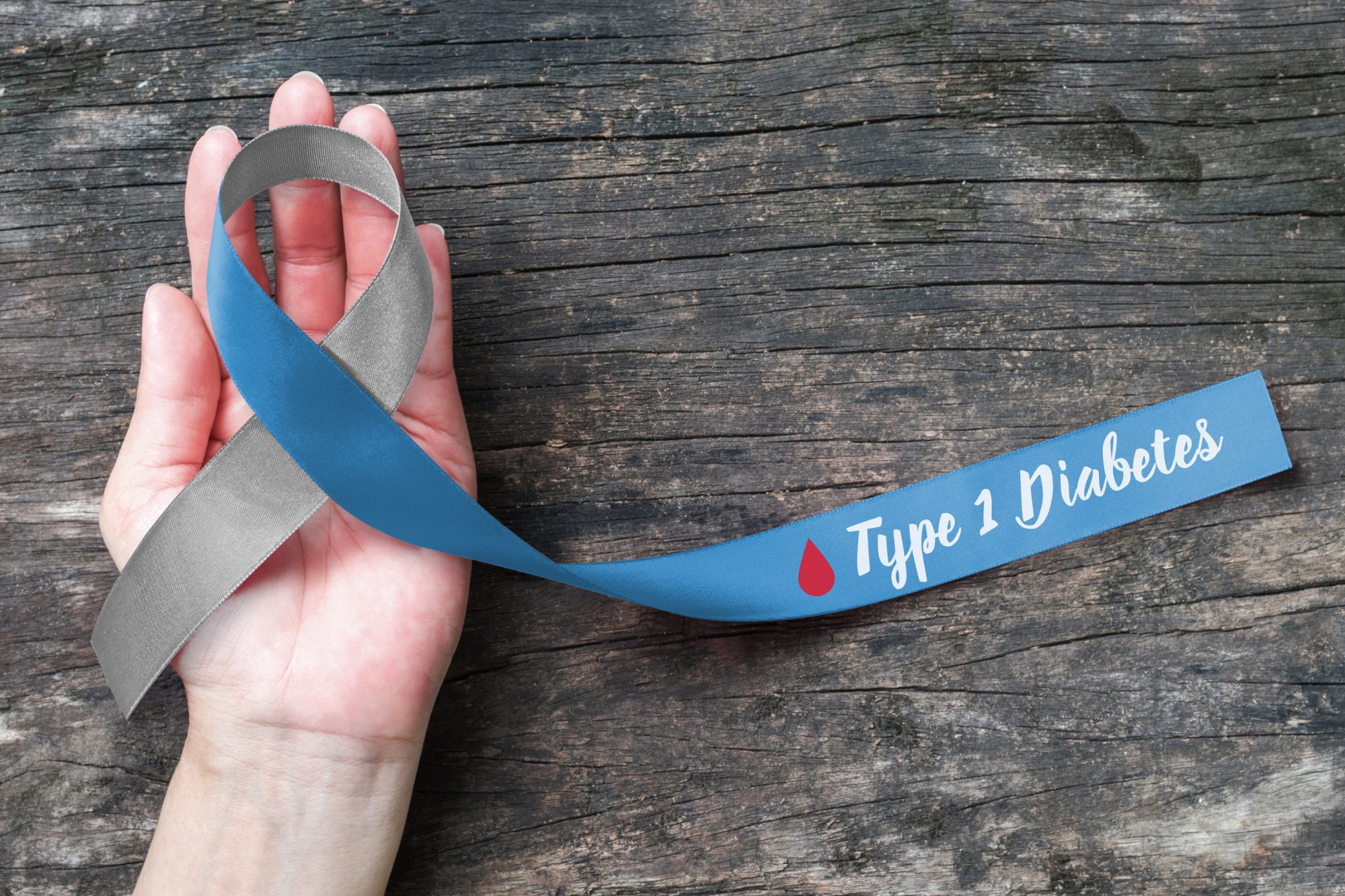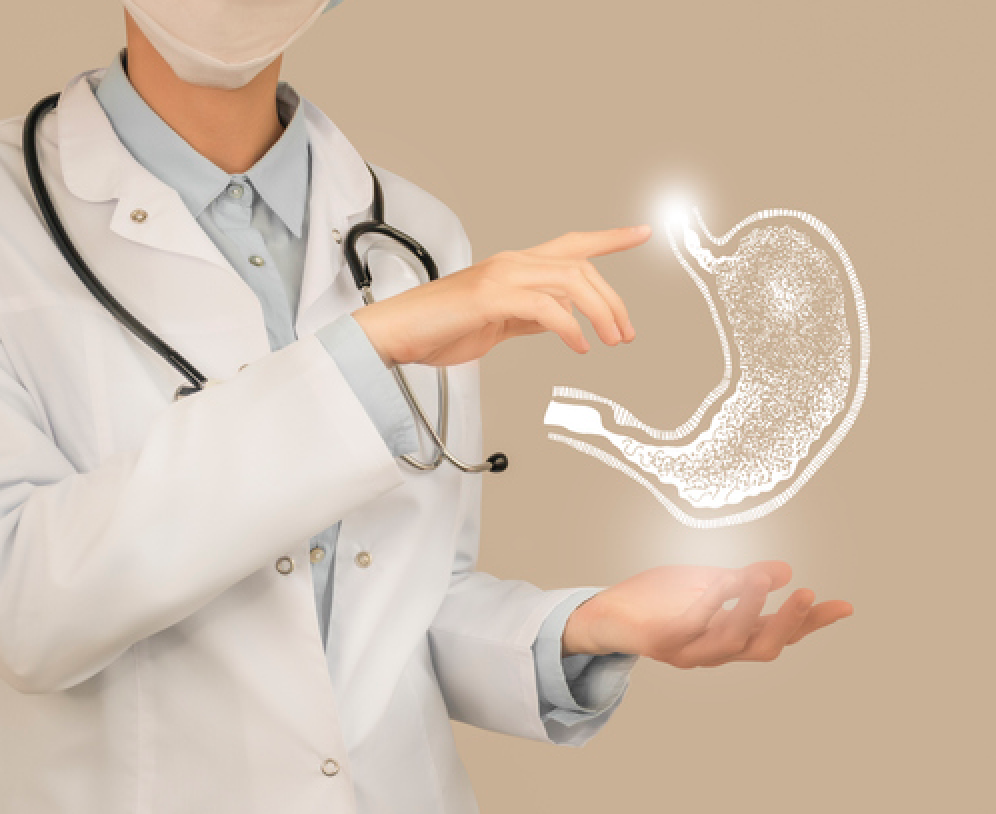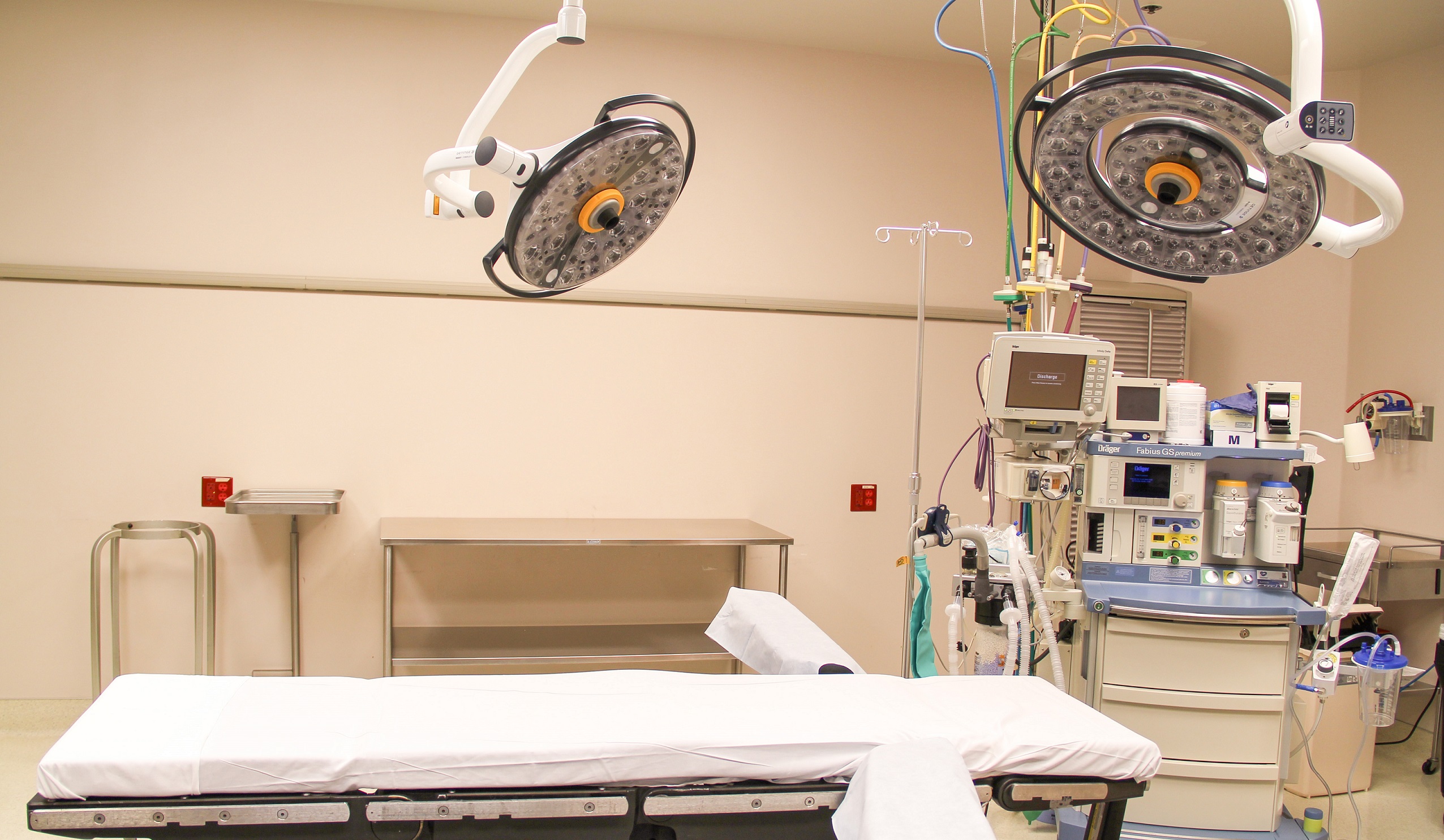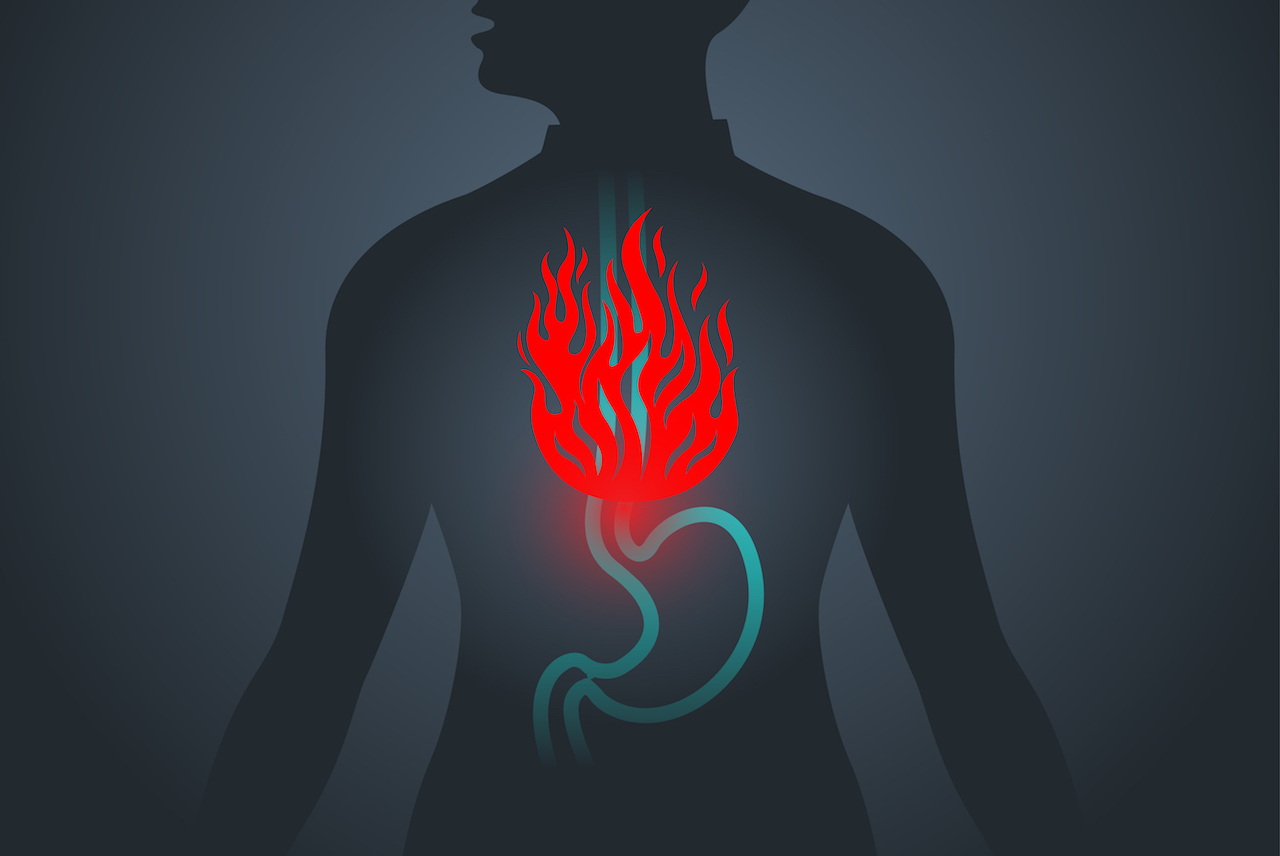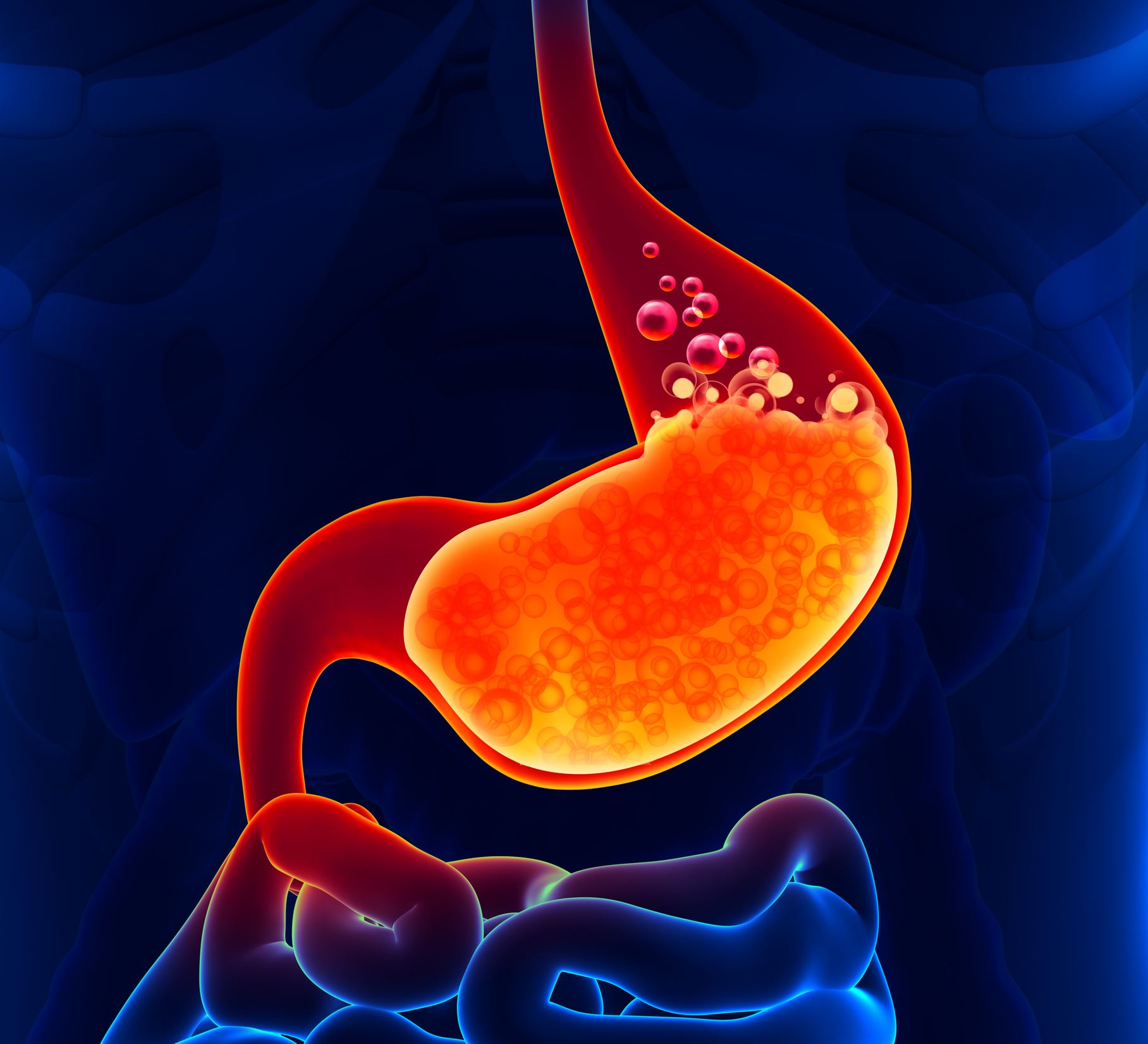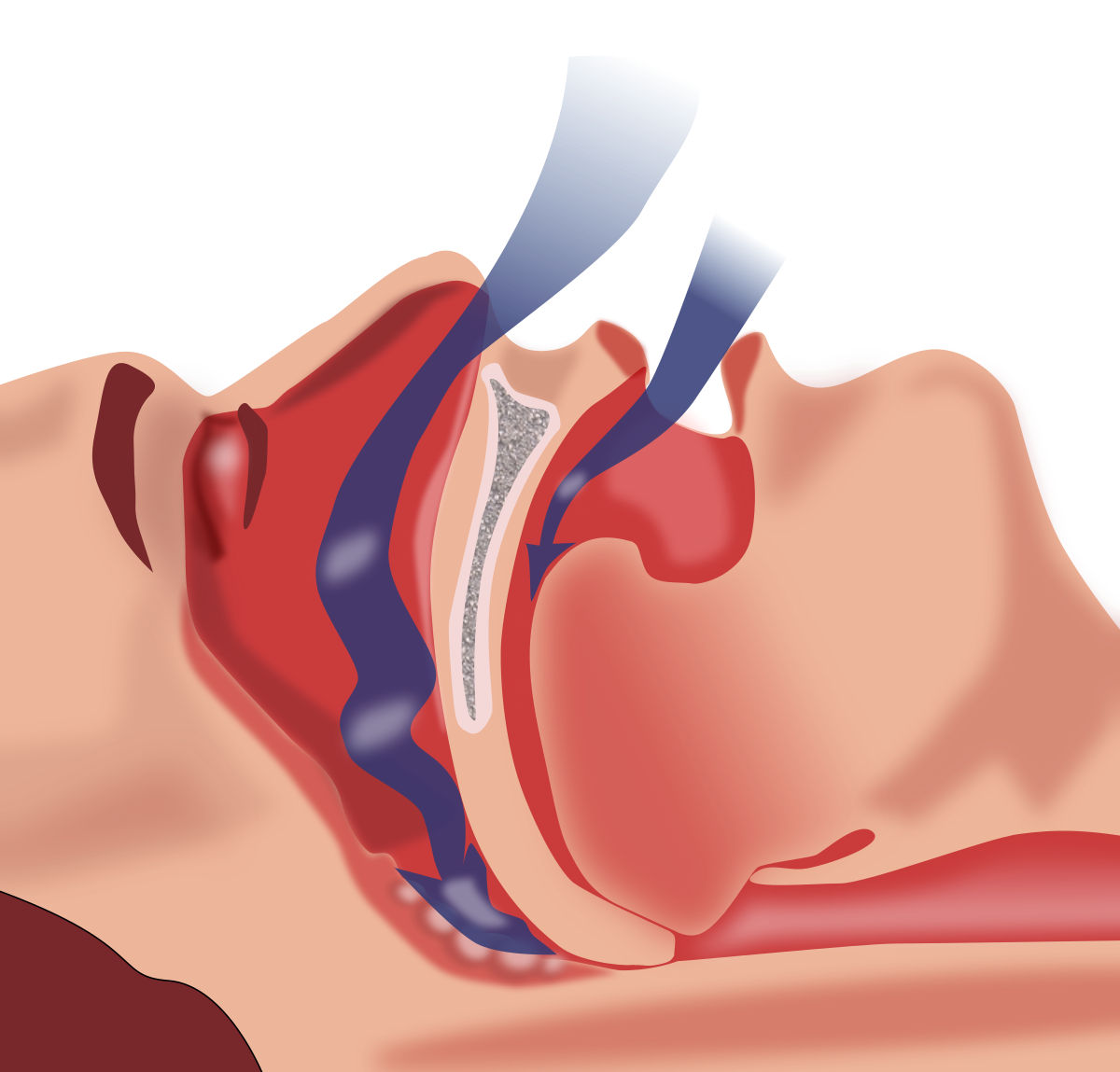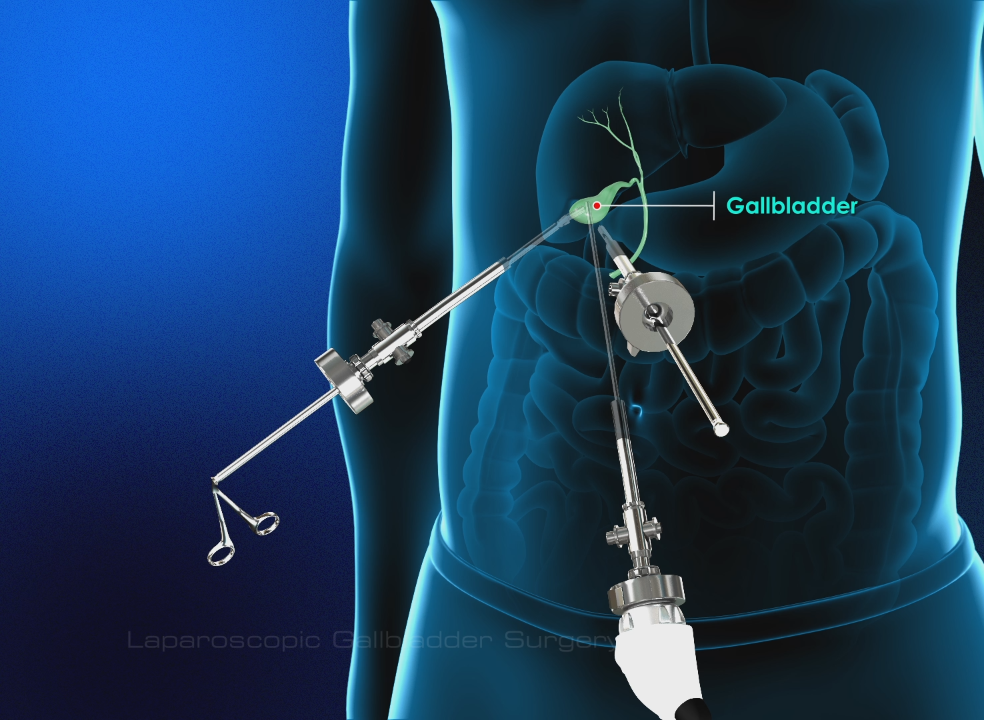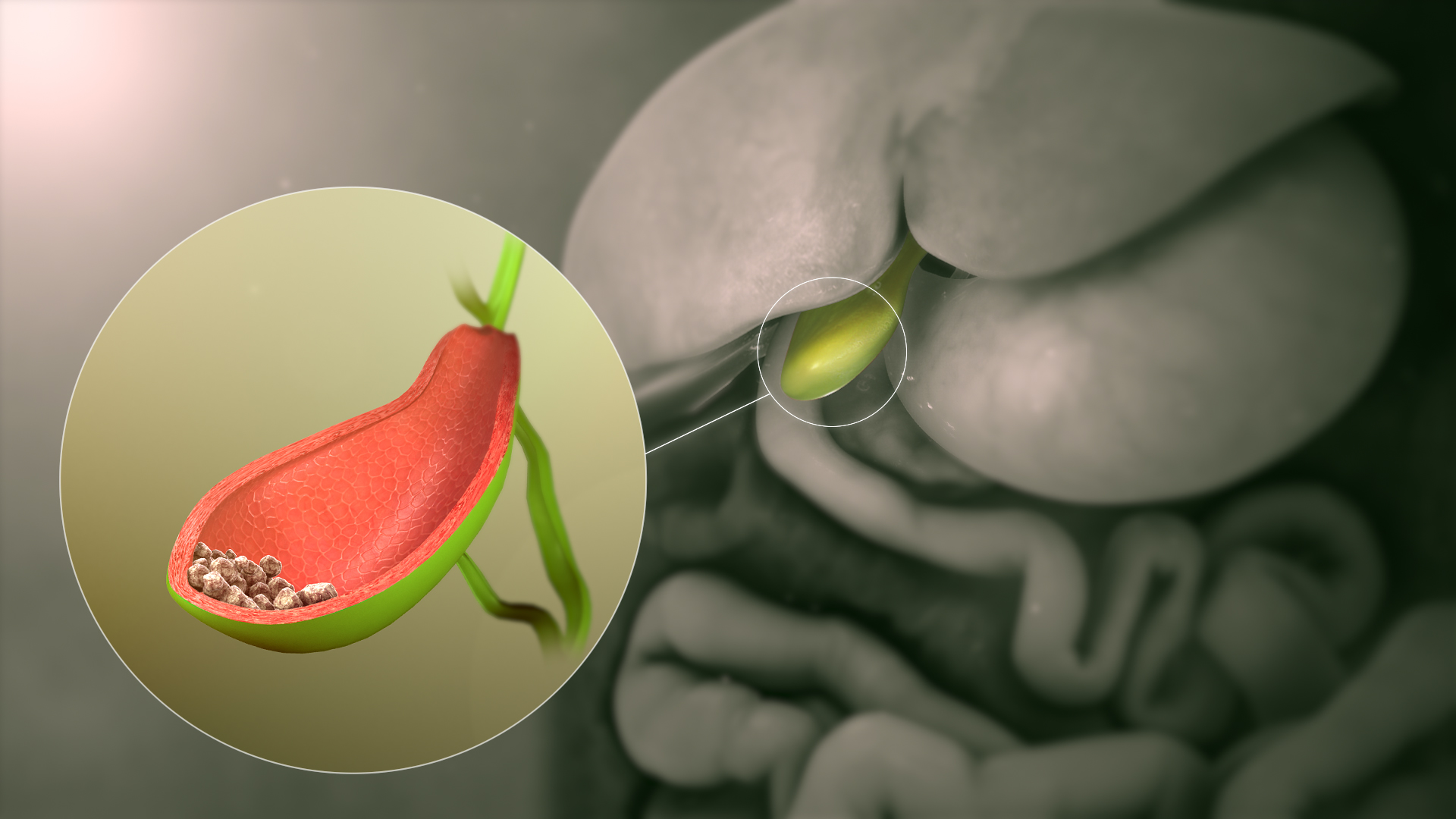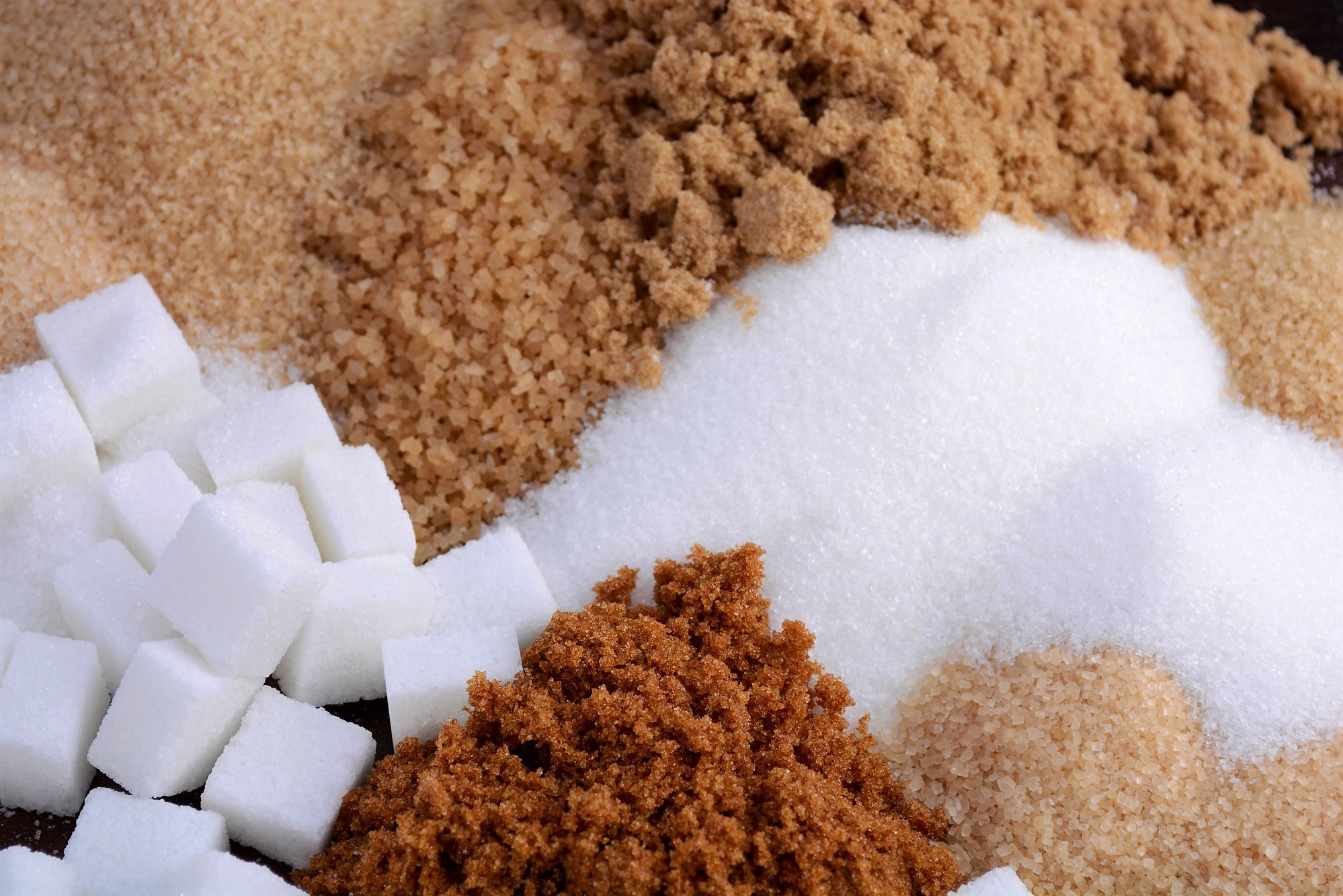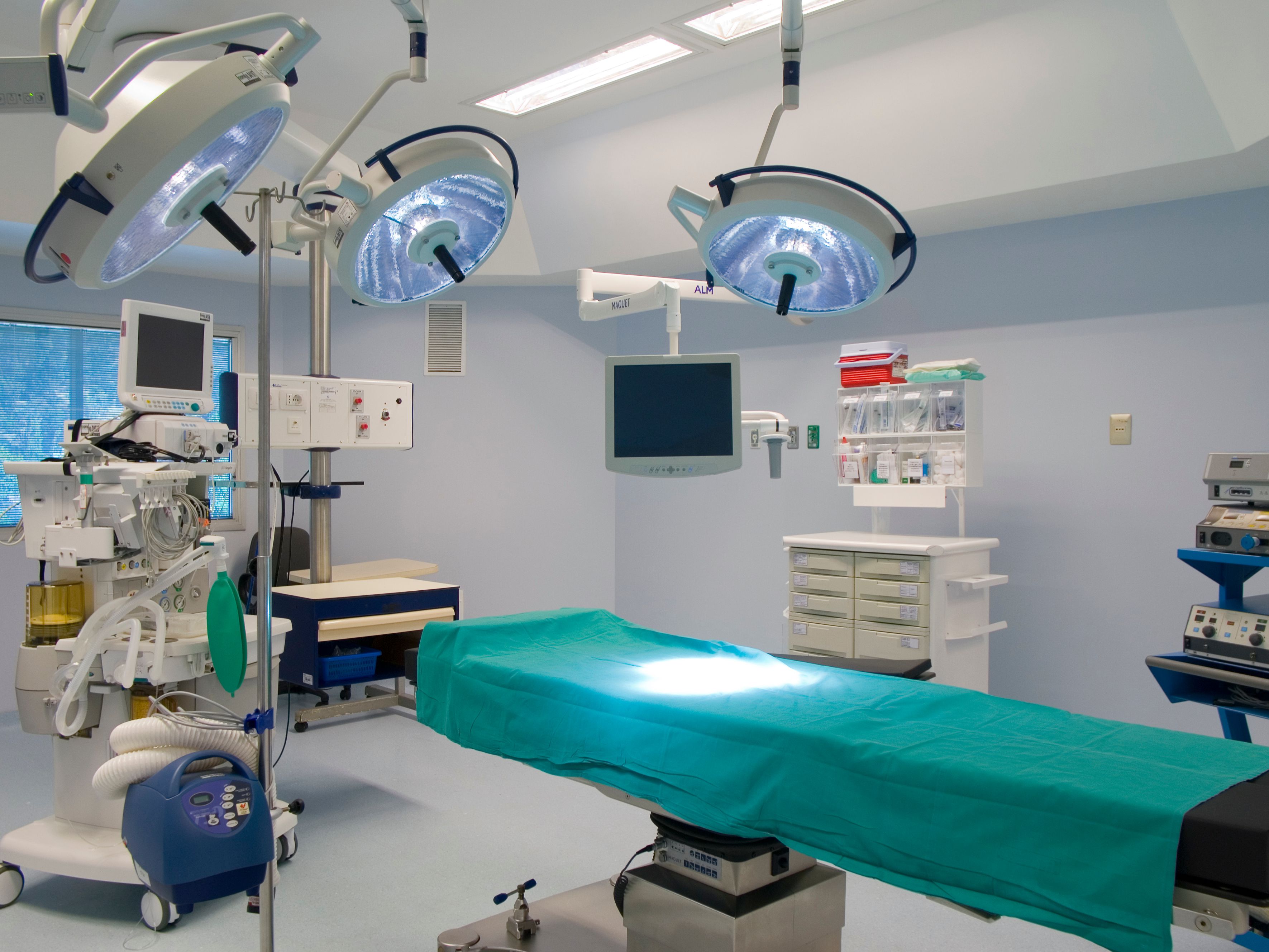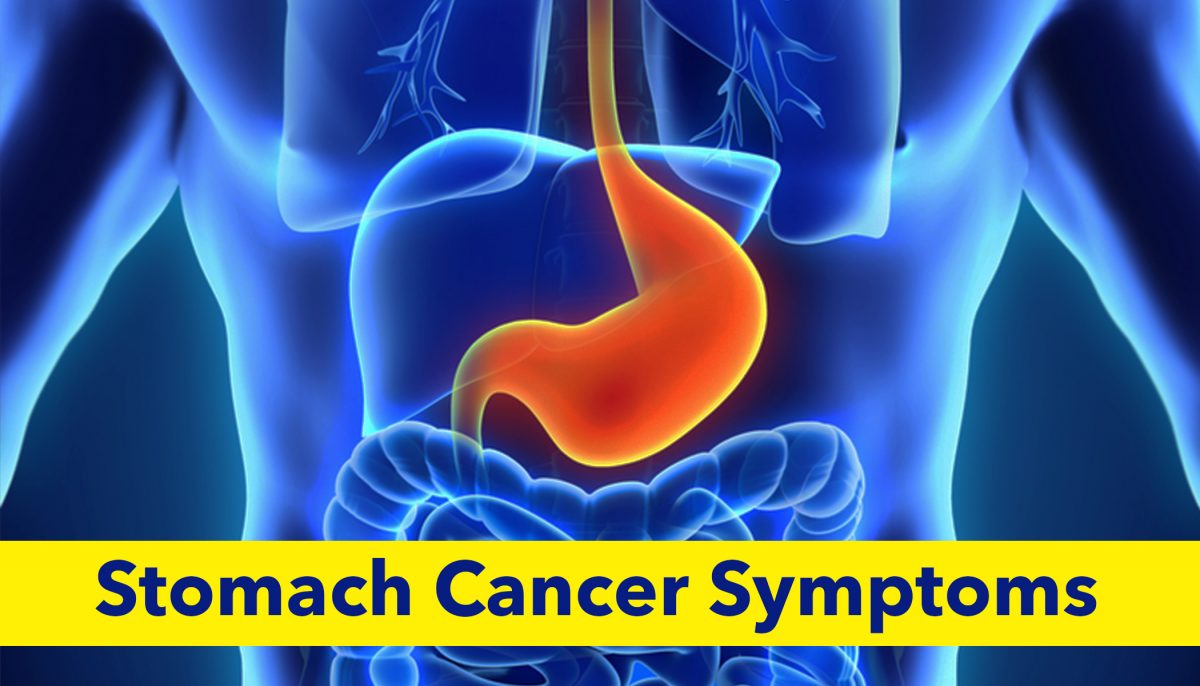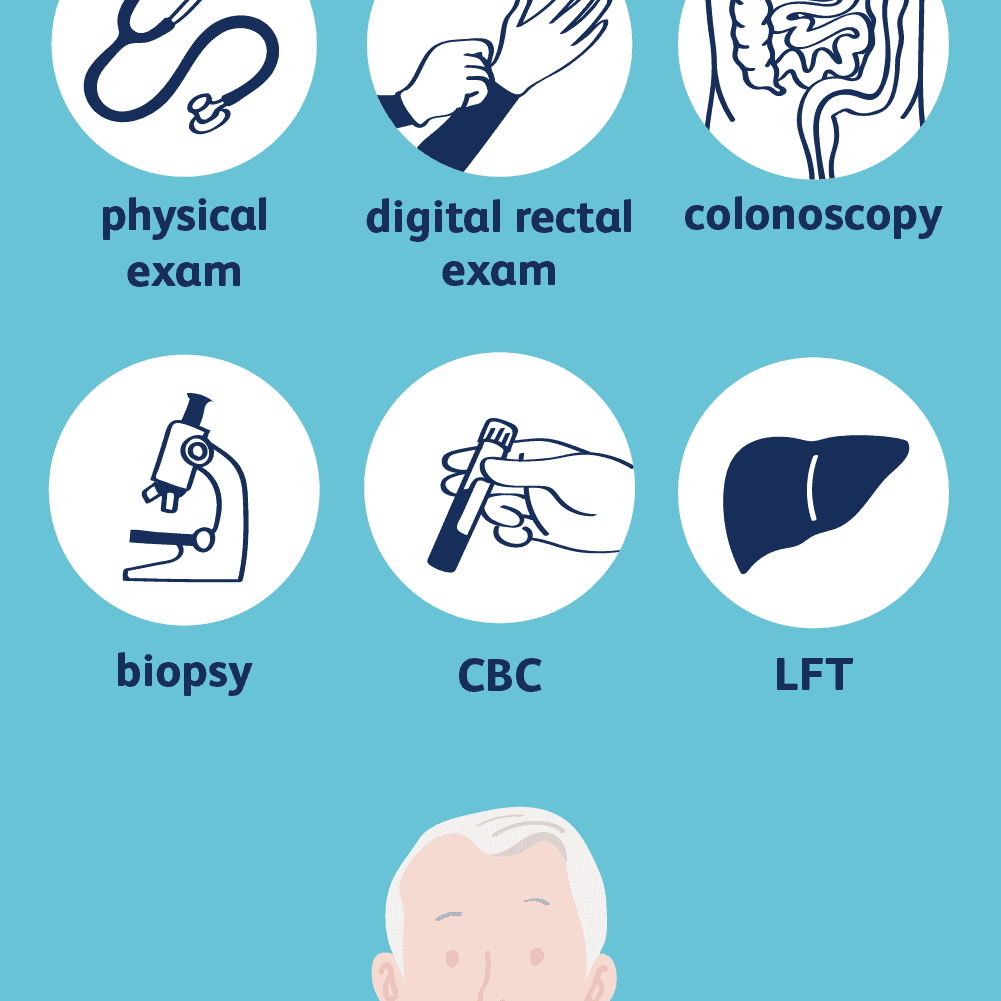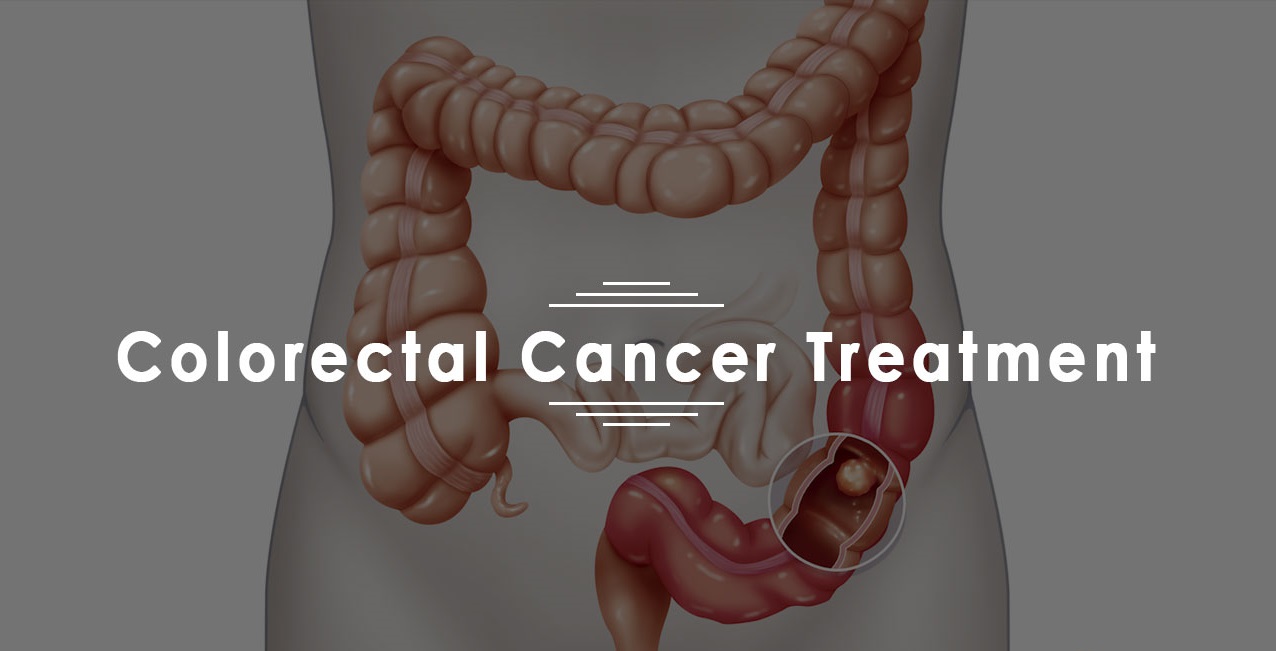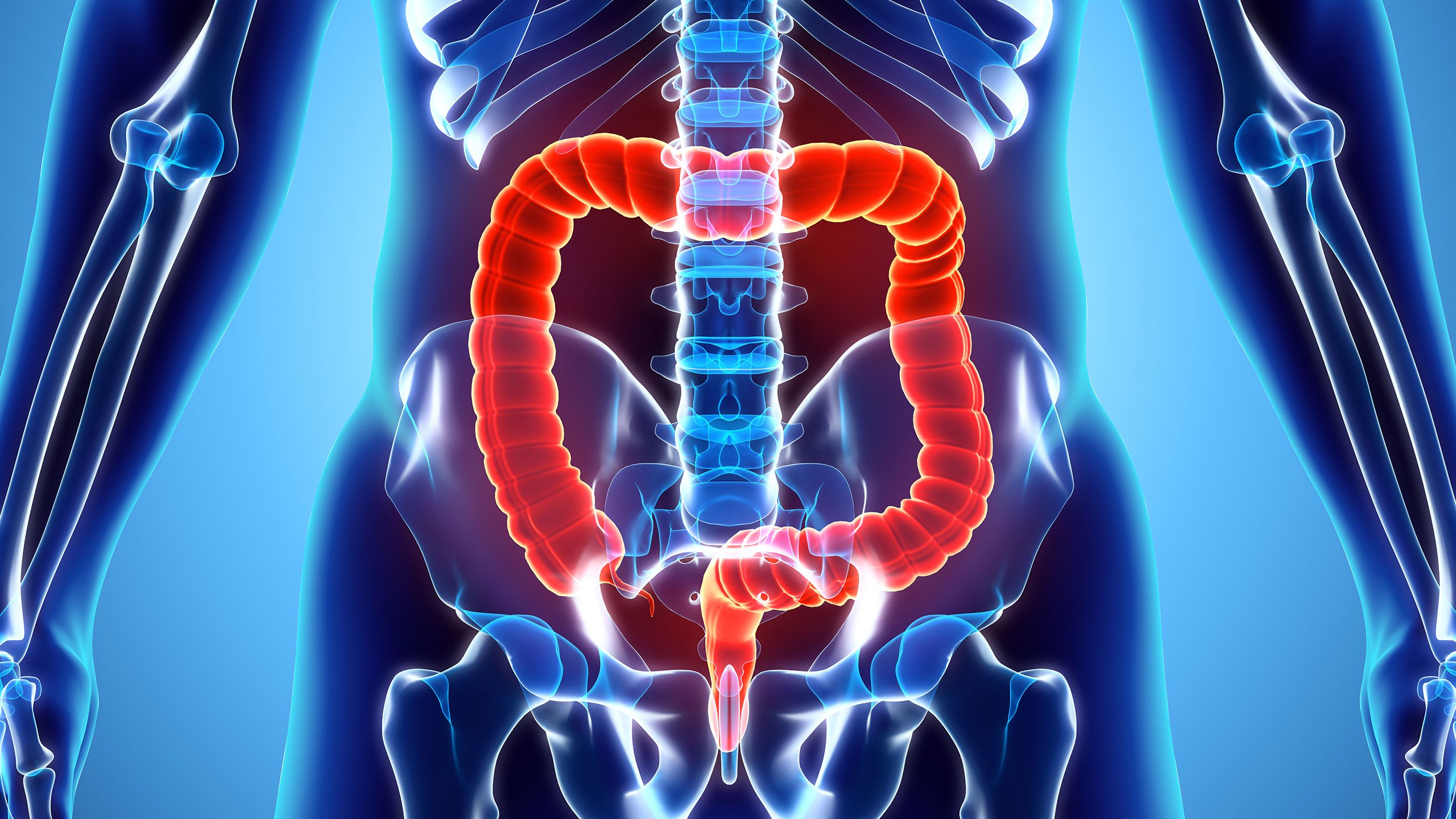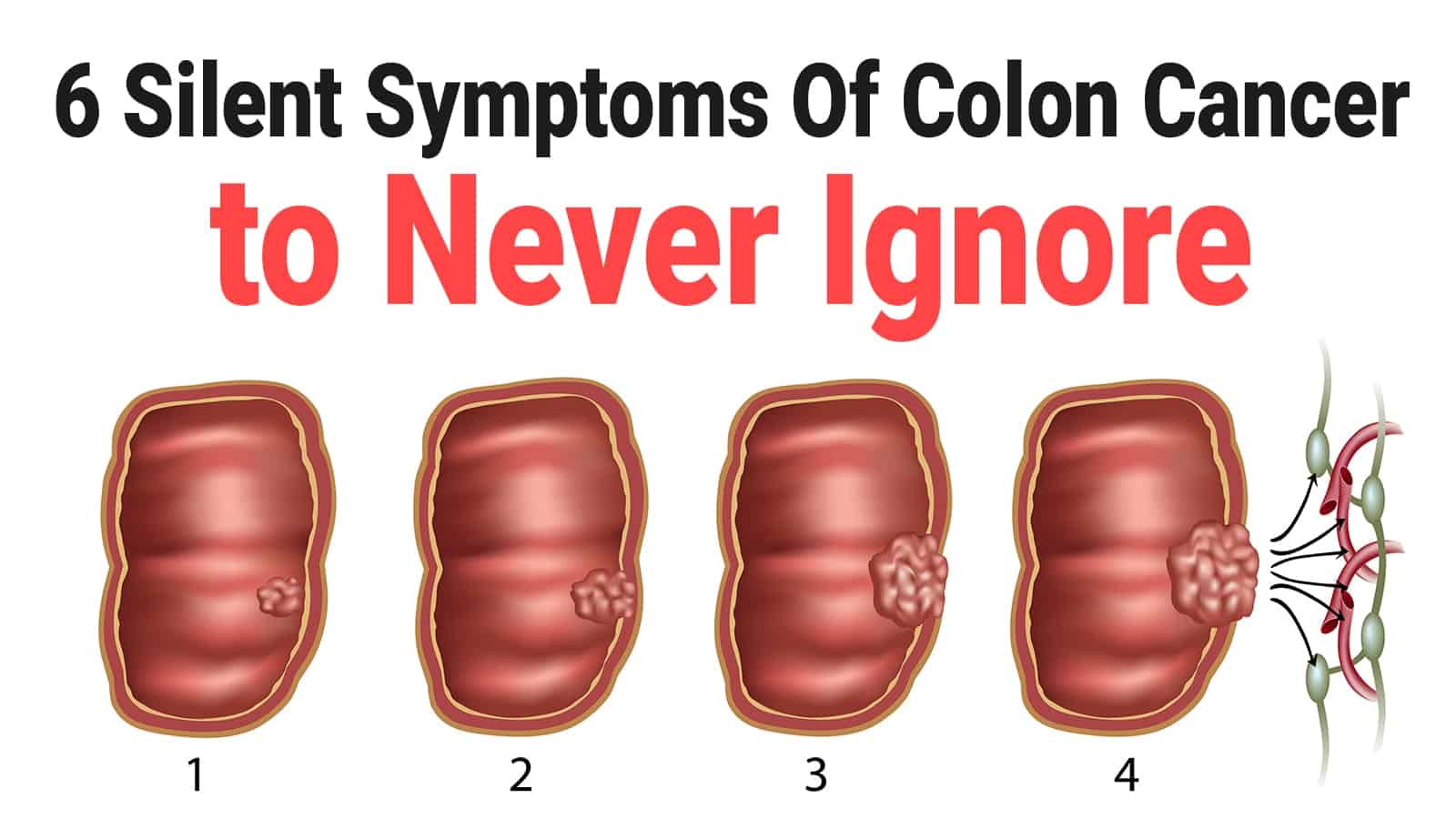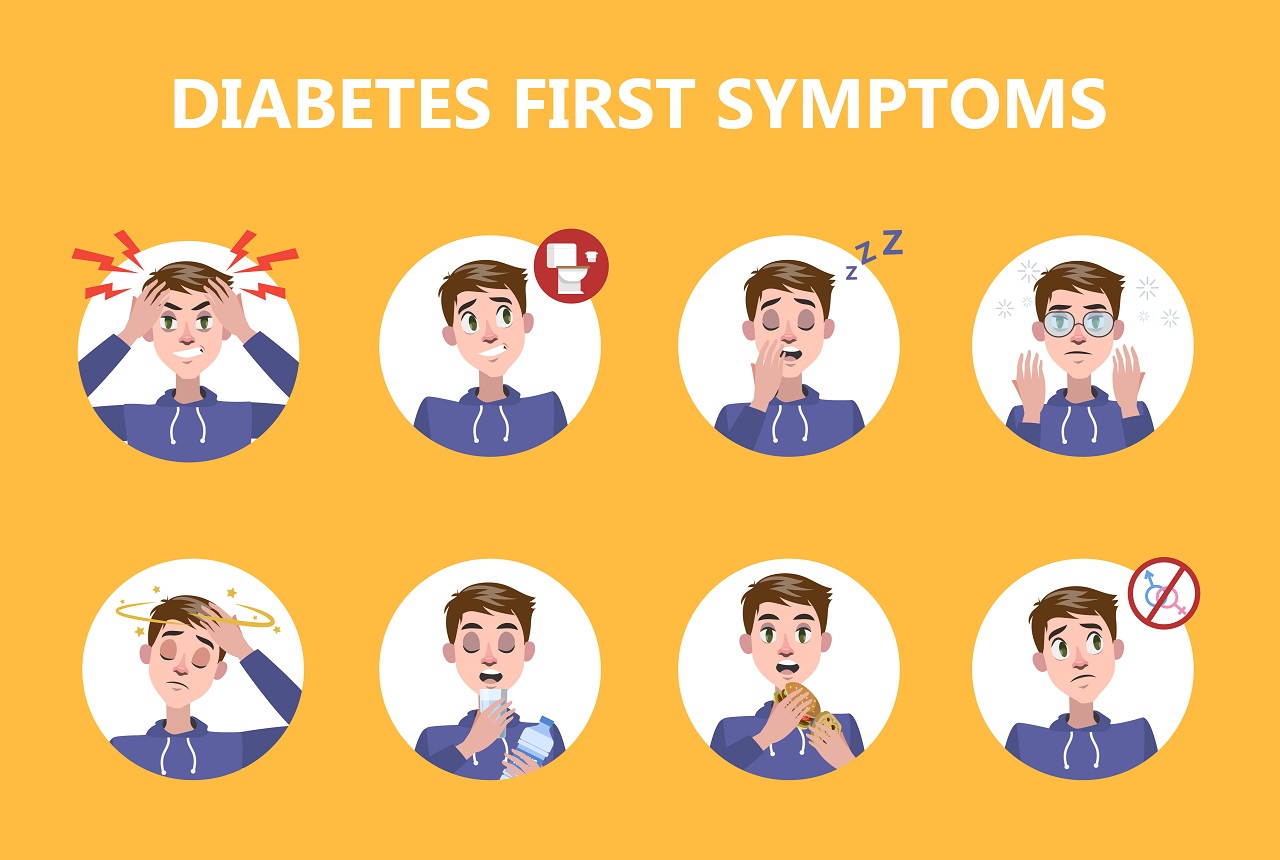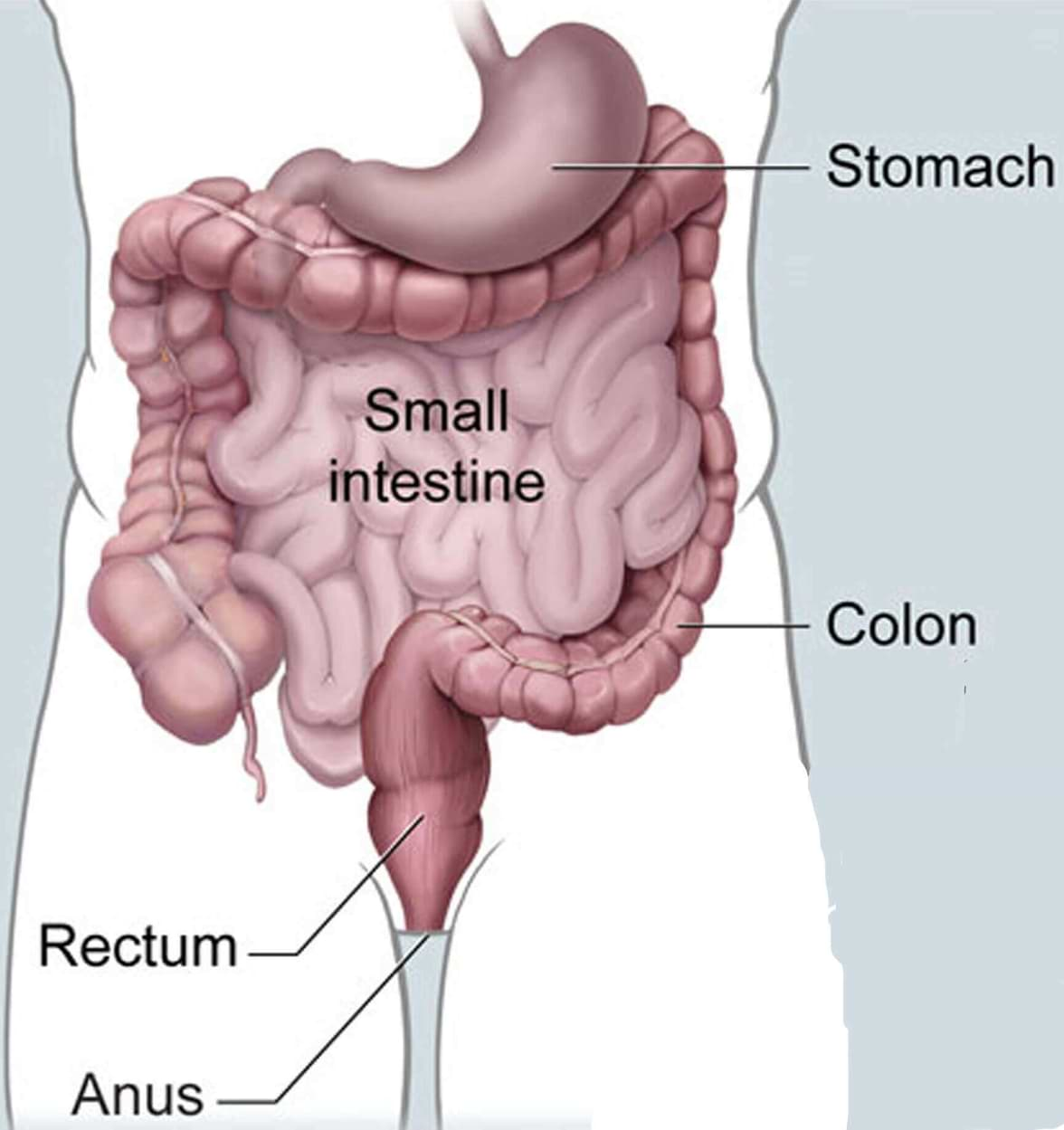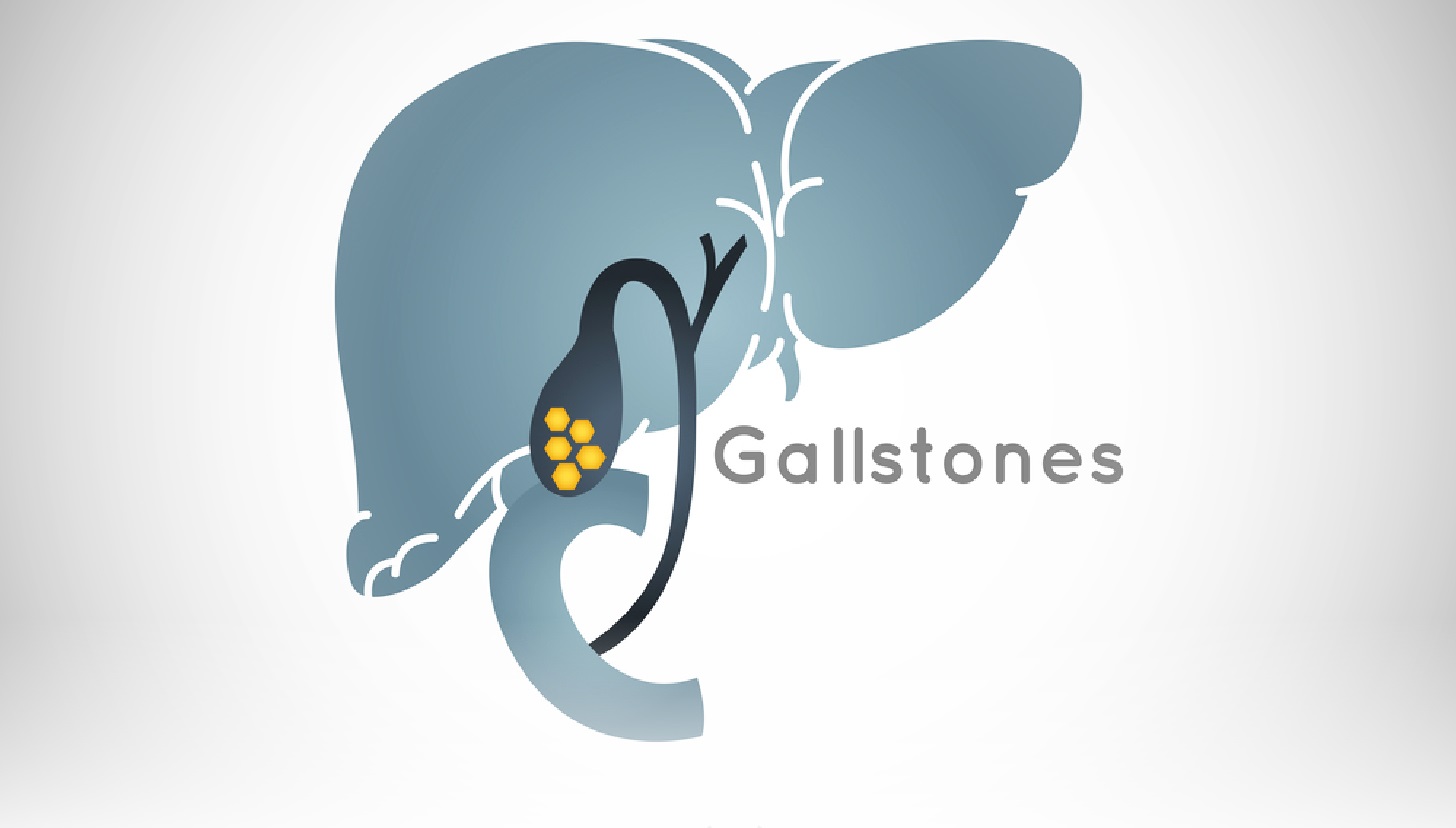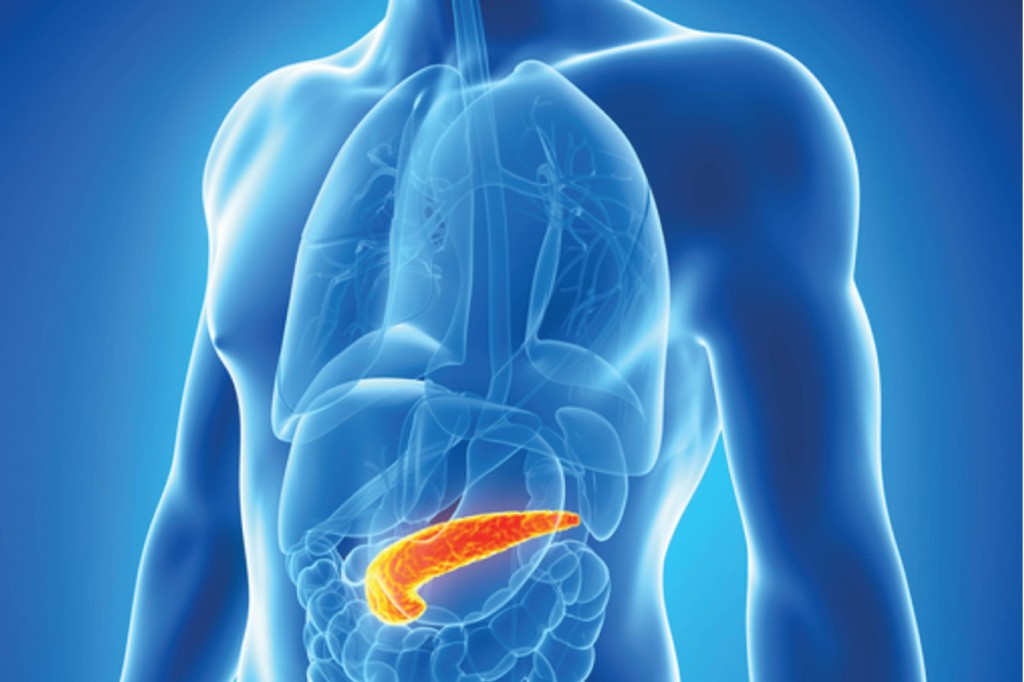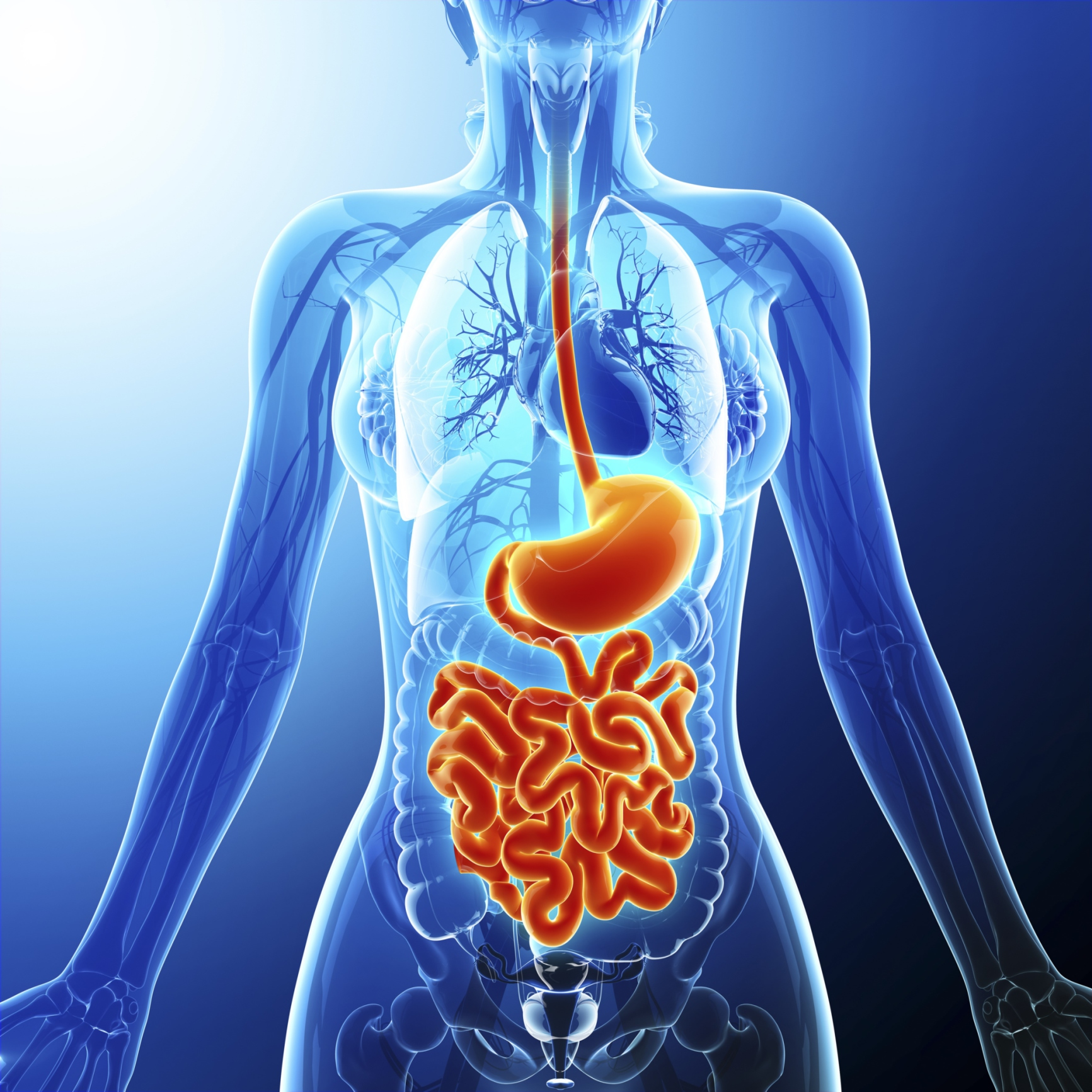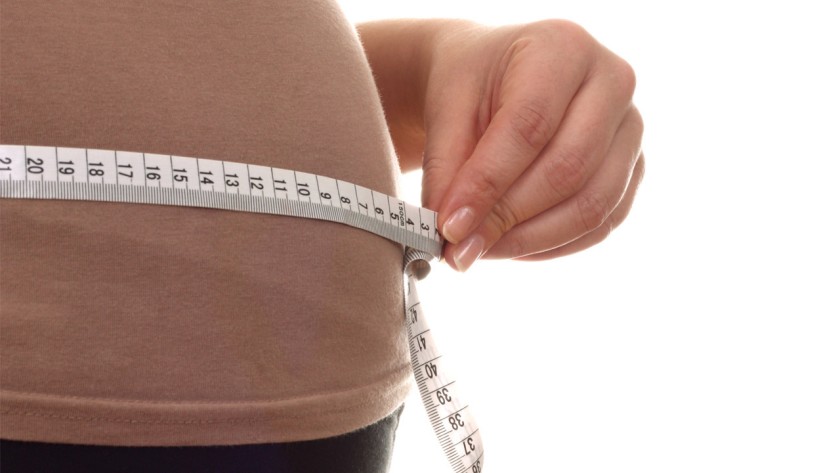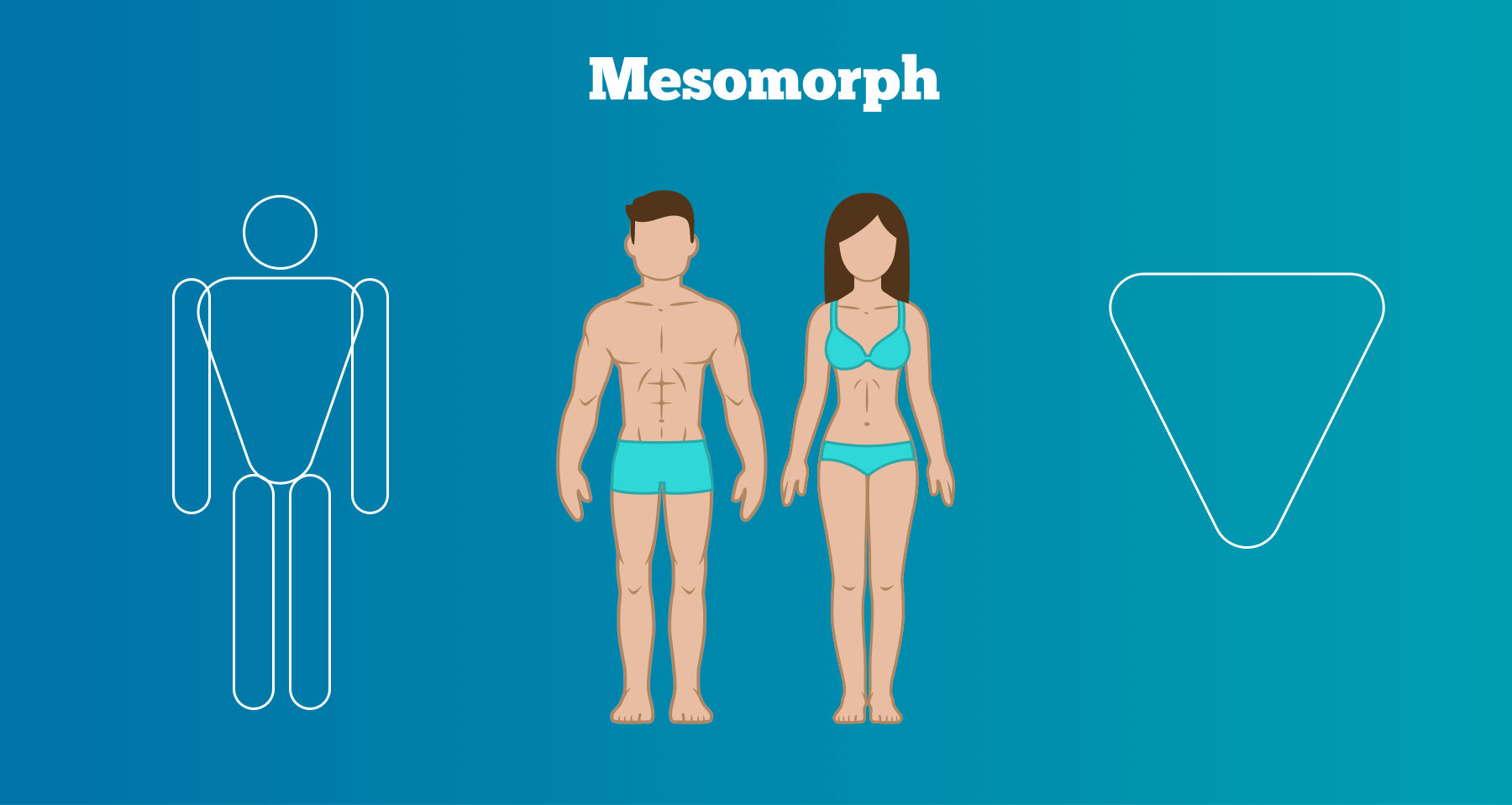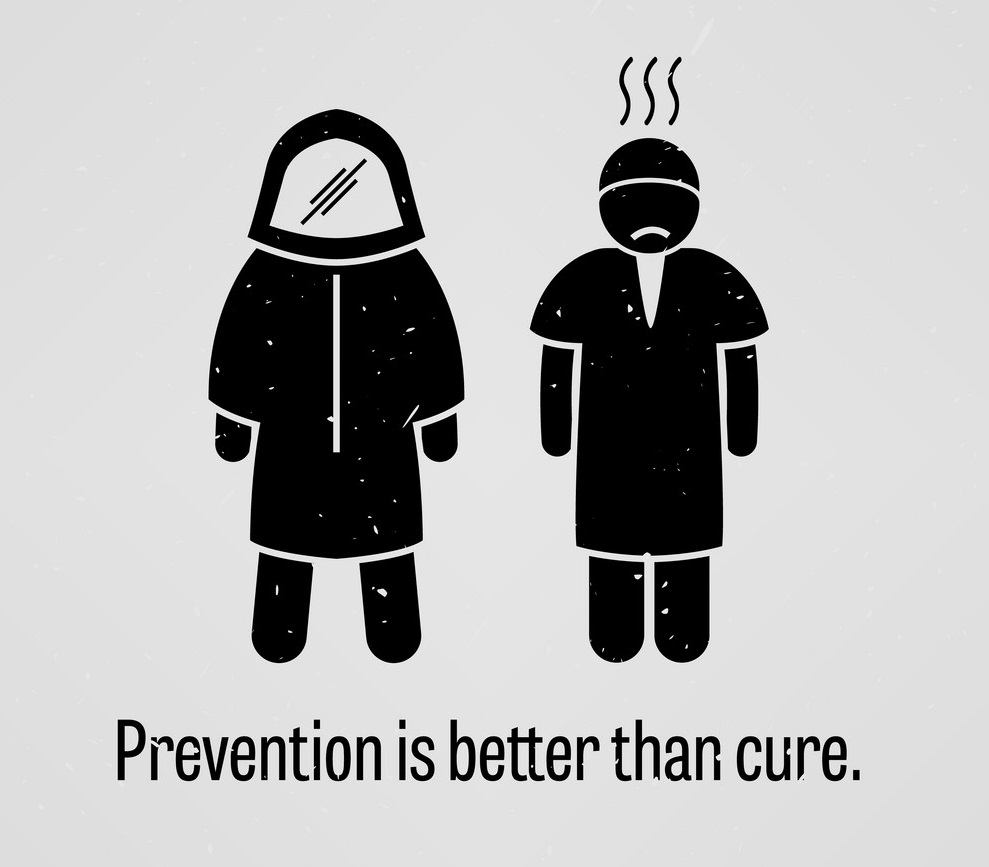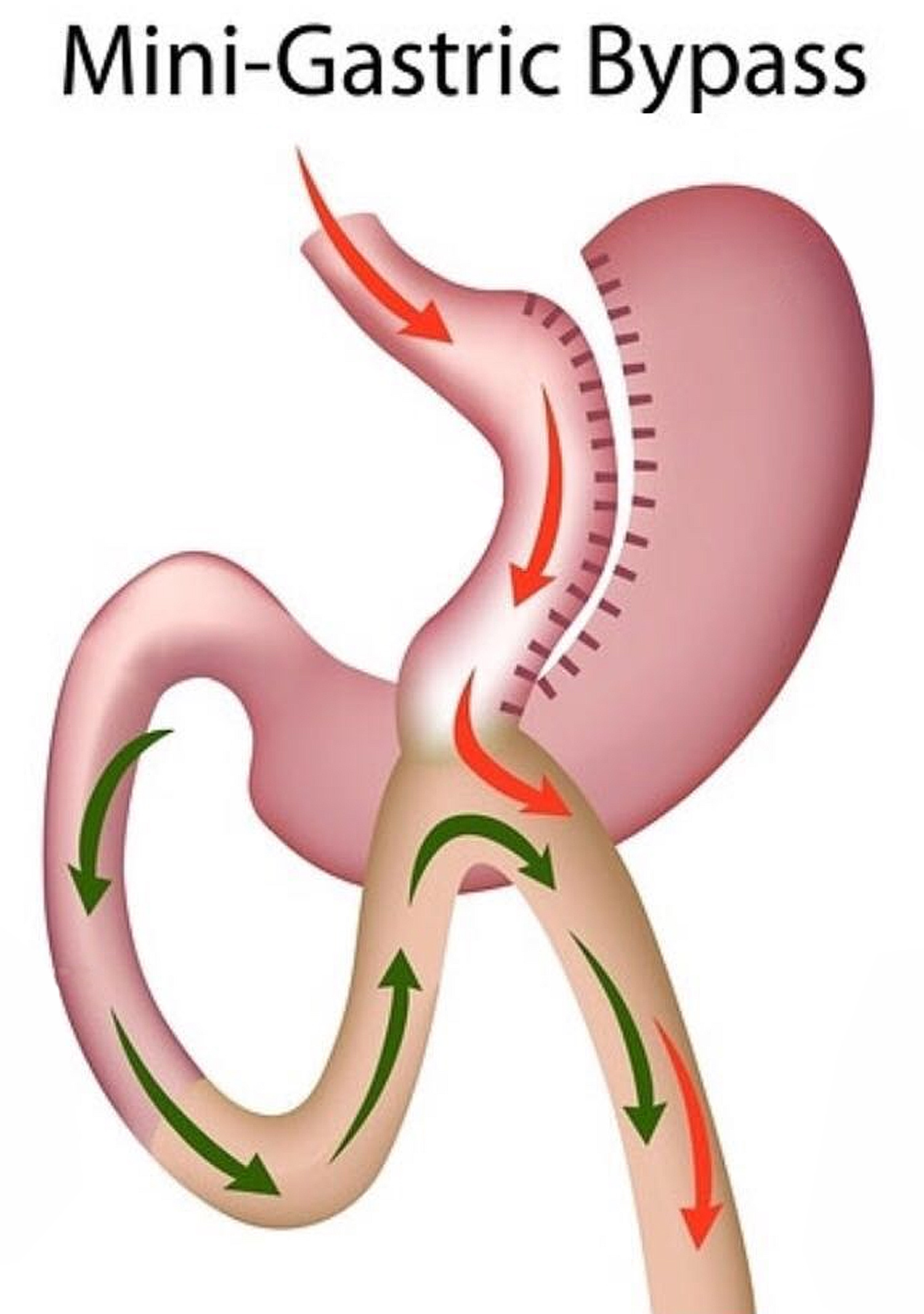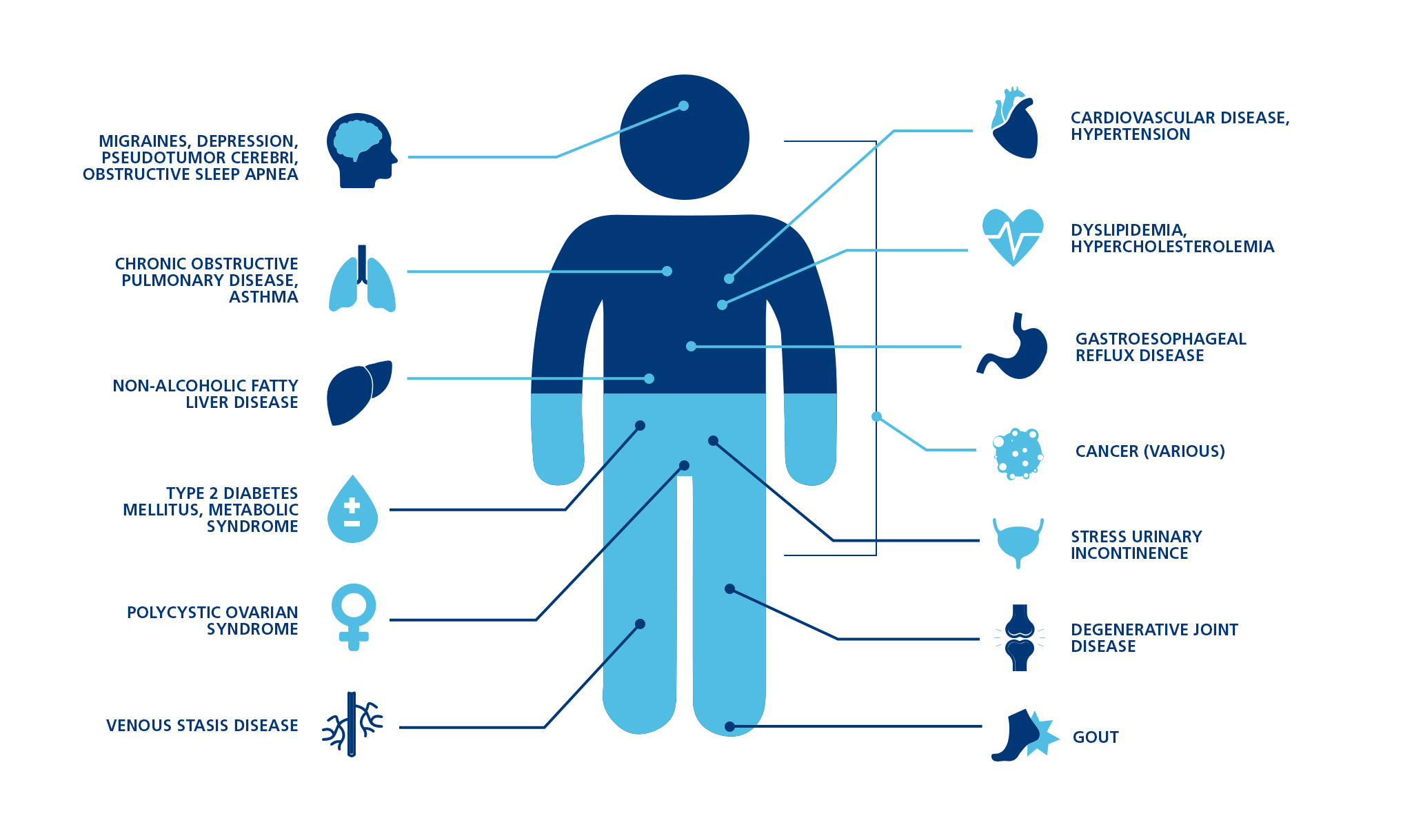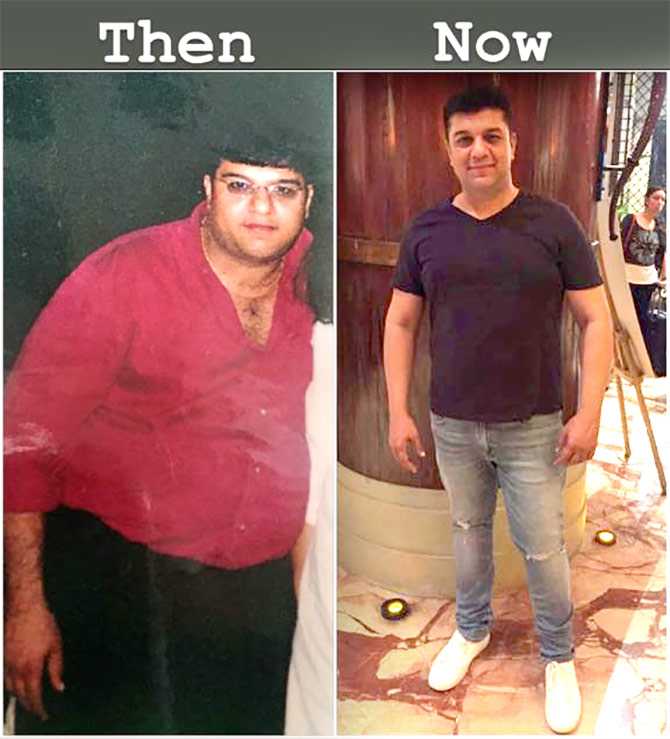Hernia
Hernia Treatment: Medical & Laparoscopic Surgery
Hernia is a bulging of abdominal organ through a weakened muscle area.

Types of Hernia
There are several types of hernias:
- Hiatus or diaphragmatic hernias occur when a part of stomach protrudes through the diaphragm (the muscle that separates the chest region from the abdominal area) via the opening through which the esophagus (food tube) passes into the stomach.
- Incisional hernias occur when a piece of intestine protrudes through a weakness in the abdominal wall in an area where surgery has been performed.
- Umbilical hernia is found in the area of the umbilicus (the navel or belly button area).
- Inguinal or groinhernias occur when part of the abdominal contents (usually part of the intestine or a piece of bowel) protrudes into the groin area.
- Femoral hernias occur when a piece of intestine protrudes though the passage that is normally used by large blood vessels as they pass between the abdomen and leg.
Except for Congenital umbilical (naval) hernia, all hernia increase in size over a time.
Hernia Treatment
All type of hernia needs treatment, except for congenital small umbilical hernia, that subsides over a time.
Hiatus hernia need surgery if its associated with GERD and patient is symptomatic for GERD. Also If the hiatal hernia is in danger of becoming constricted or strangulated (so that the blood supply is cut off), surgery is needed to reduce the hernia.
Rest of hernia need surgery. The content of hernia is replaced back to its position and weak area of hernia is reinforced with mesh.
LAPAROSCOPIC HERNIA SURGERY
A cannula (hollow tube) is placed into the abdomen and your abdomen will be inflated with carbon dioxide gas to create a space to operate. A laparoscope (a tiny telescope connected to a video camera) is put through one of the cannulas which projects a video picture of the internal organs and spleen on a television monitor. Several cannulas are placed in different locations on your abdomen to allow your surgeon to place instruments inside your belly to work.
Hiatus hernia Surgery
In Hiatus hernias, the part of stomach that has gone upward through the diaphragm (the muscle that separates the chest region from the abdominal area) is pulled back to its normal position and to prevent further protrusion its upper part (fundus) is wrapped around esophagus (food tube). Also the wide defect in diaphragm is narrowed to prevent further protrusion of stomach.
Incisional Hernia repair
The content of hernia either fat or intestine is pulled down and placed back to its normal position and the defect of abdominal wall (hernia site) is supported (reinforced) with mesh. This mesh is fixed to abdominal wall with the help of suture and specialised device, called as tackers.
Umbilical / Inguinal / Femoral Hernia repair
The content of hernia either fat or intestine is pulled down and placed back to its normal position and the defect of abdominal wall (hernia site) is supported (reinforced) with mesh. This mesh is fixed to abdominal wall with the help of suture and specialised device, called as tackers.
To learn more about Hernia- its symptoms, risk factor and more, click here.
To book online consultation to meet our expert doctor click on the link below-

